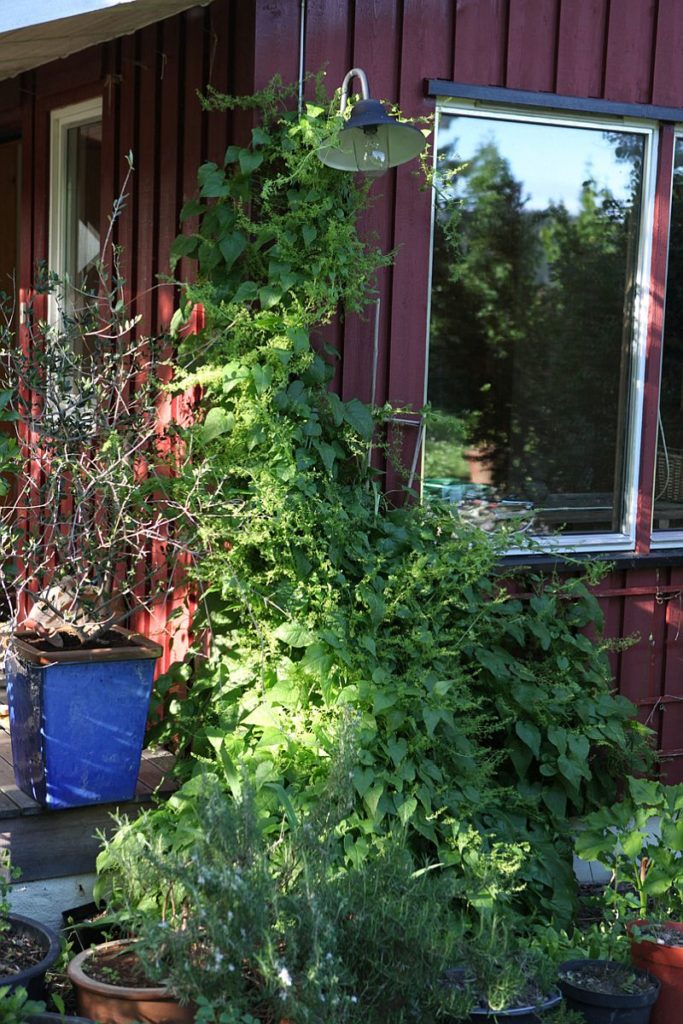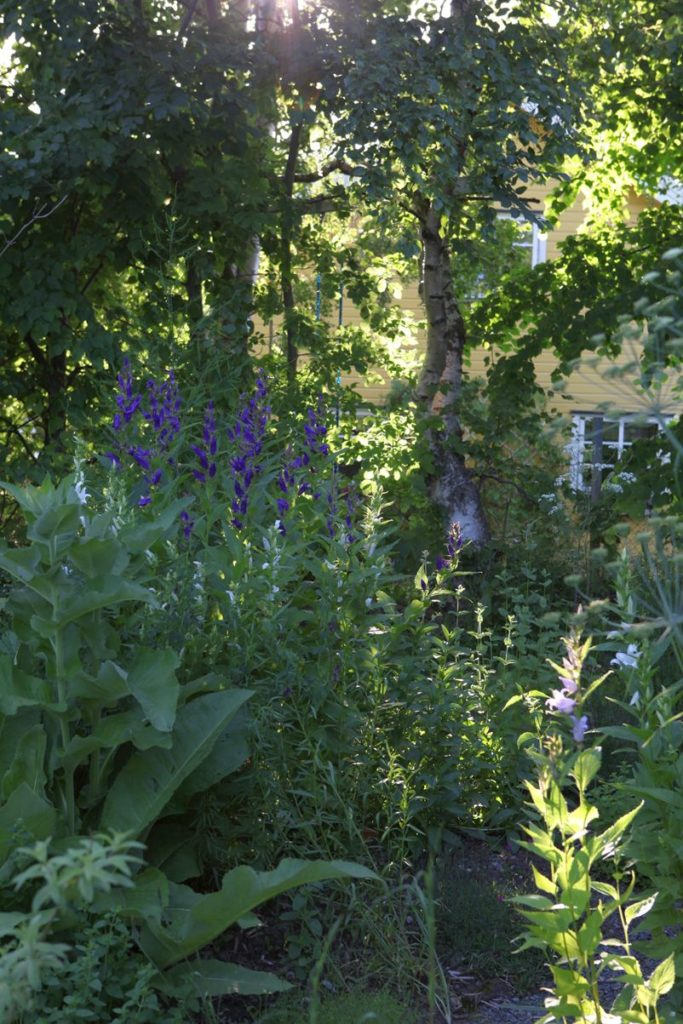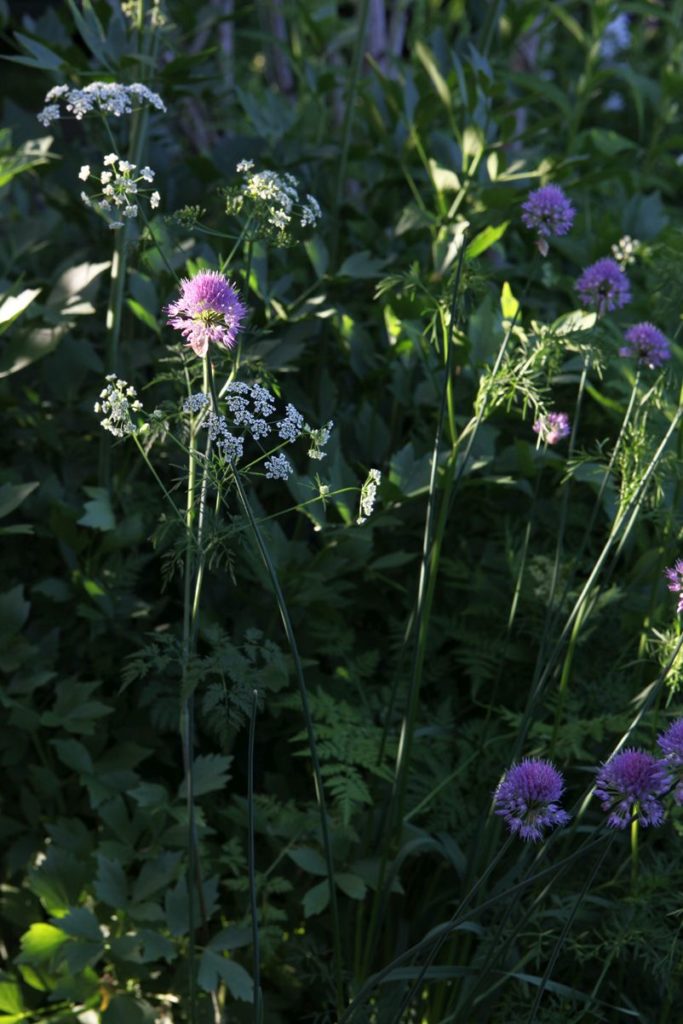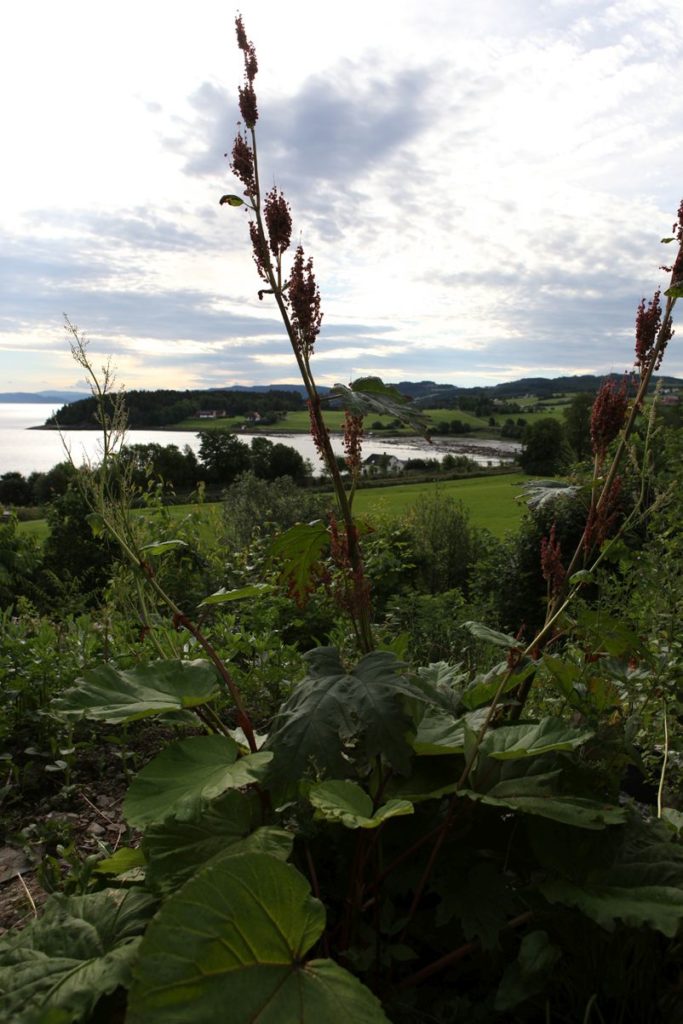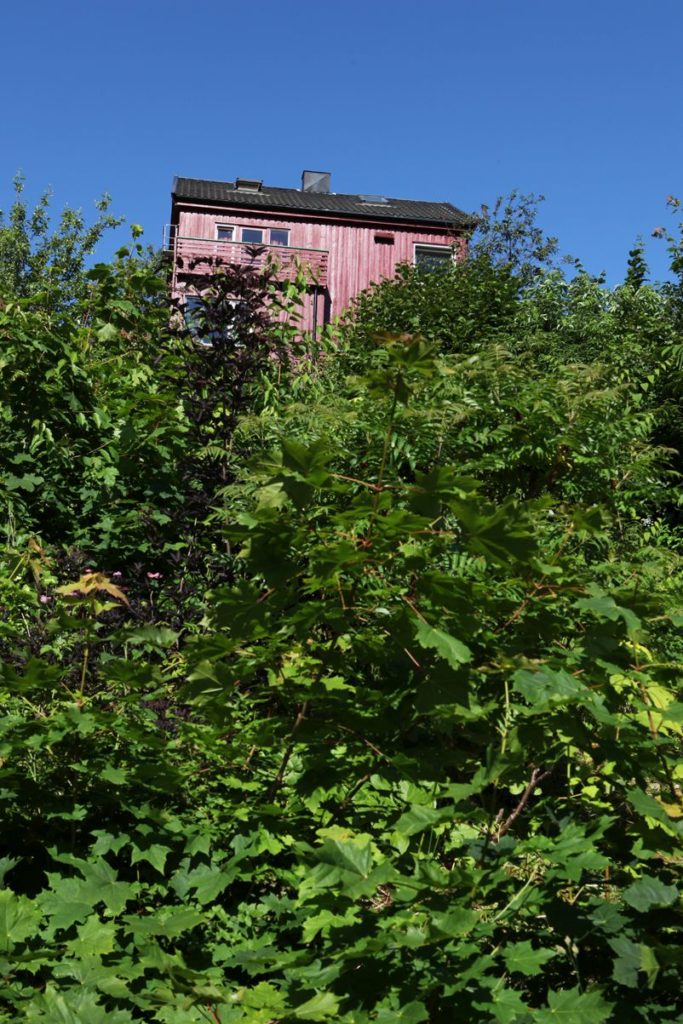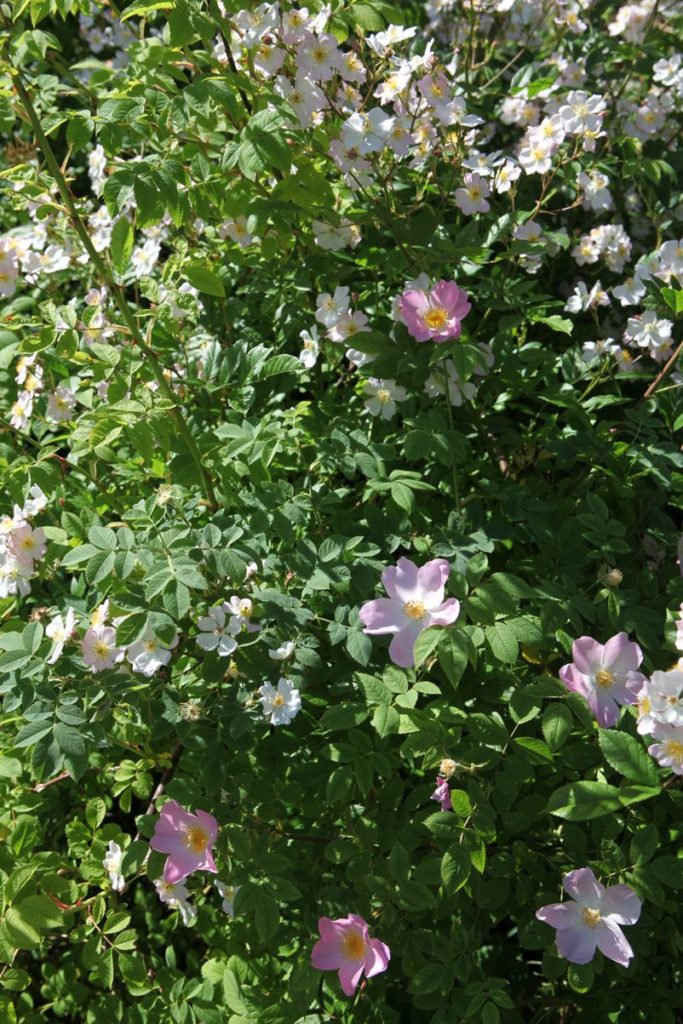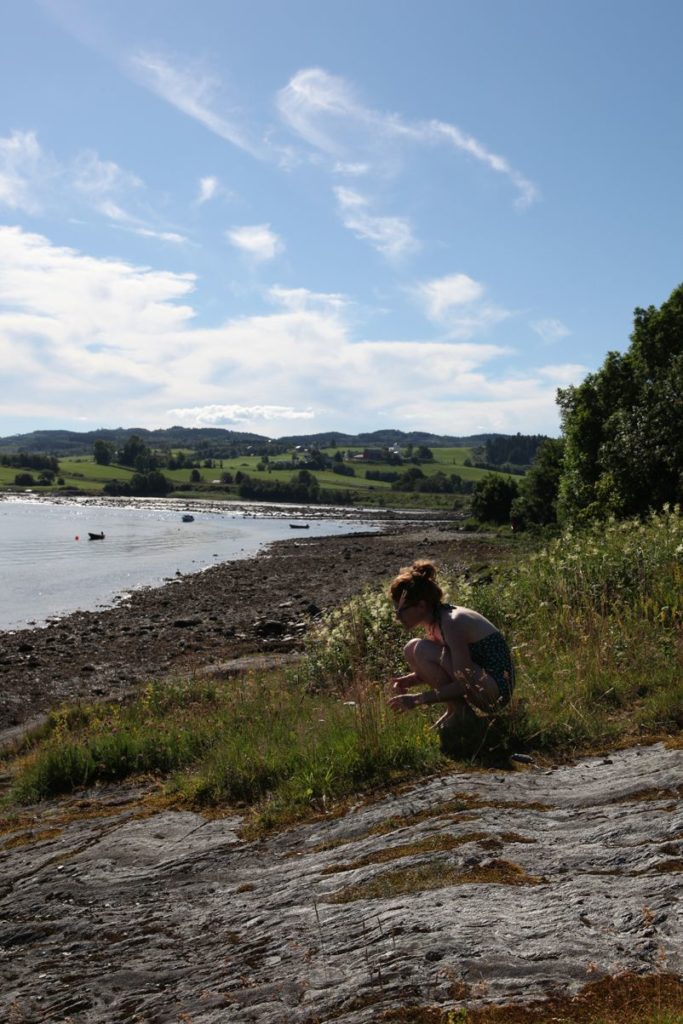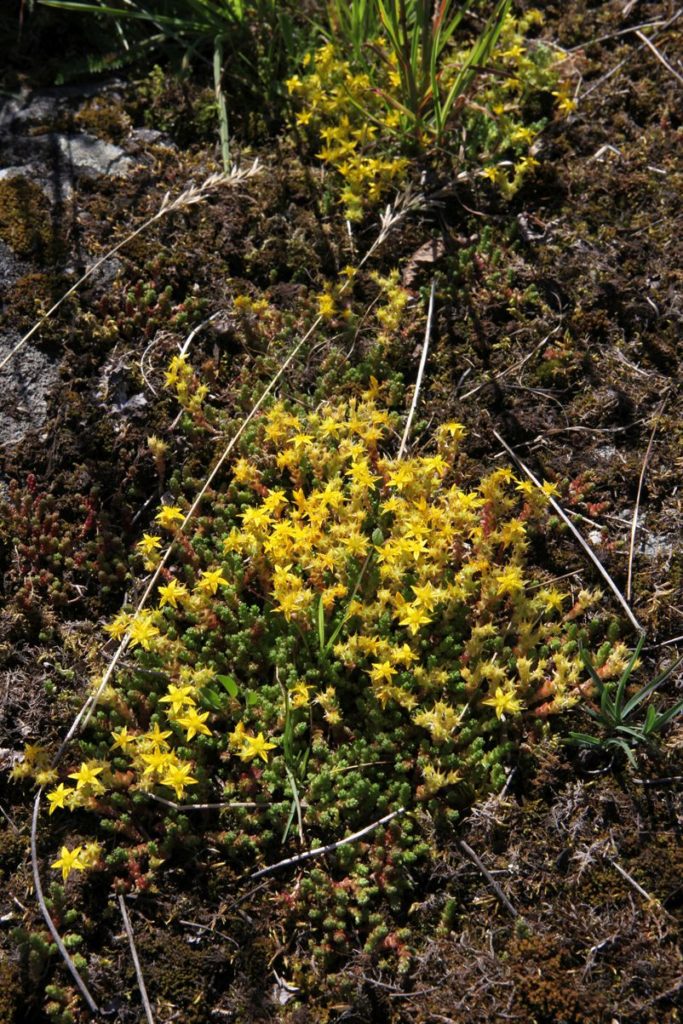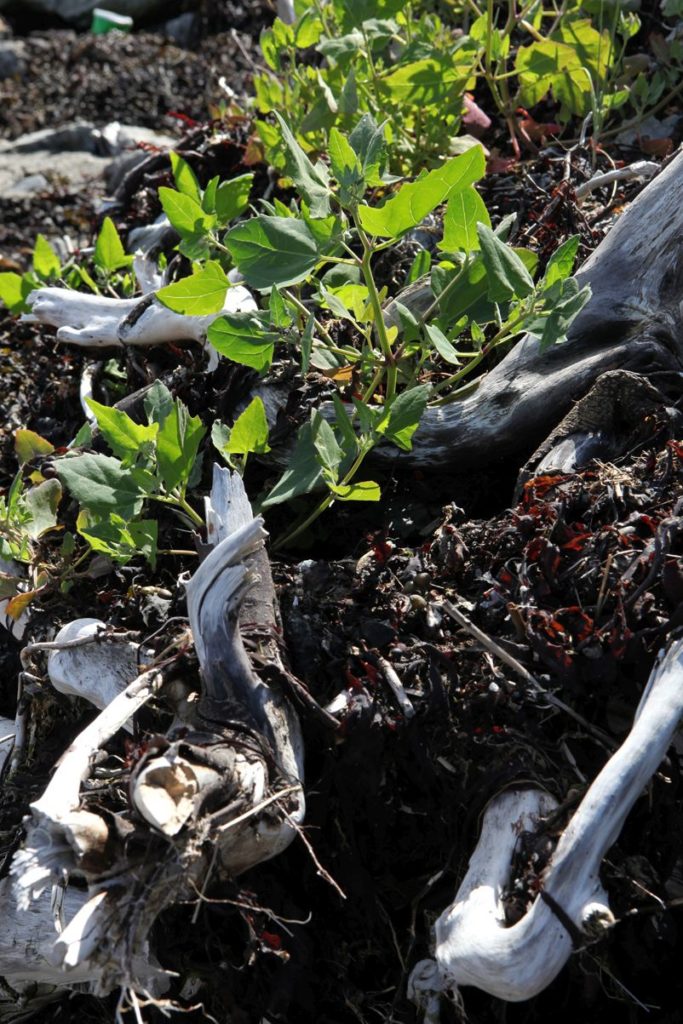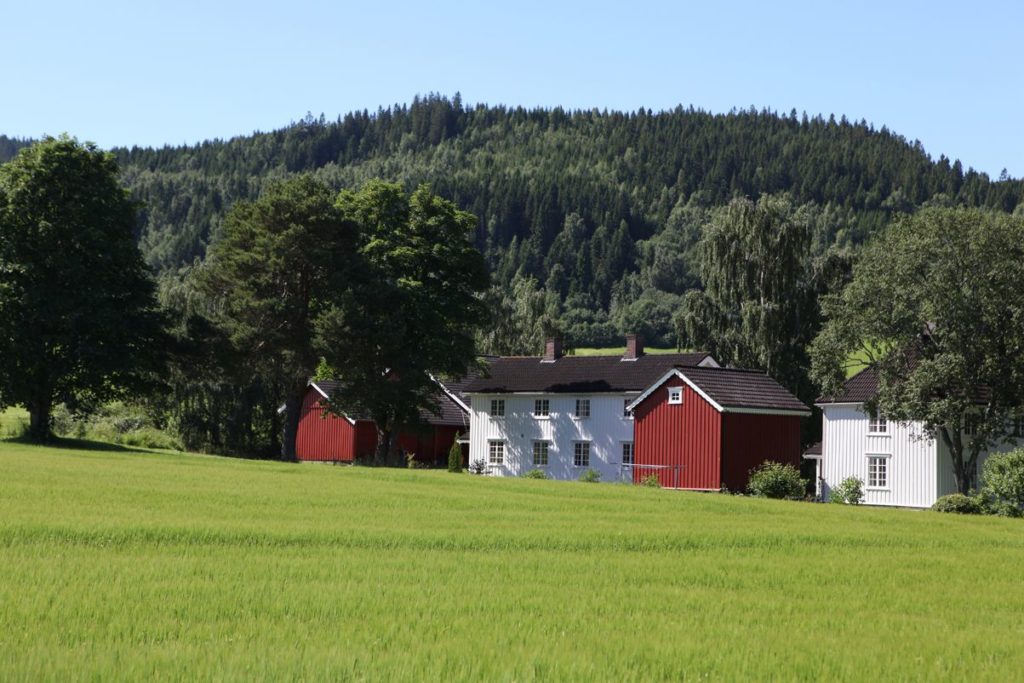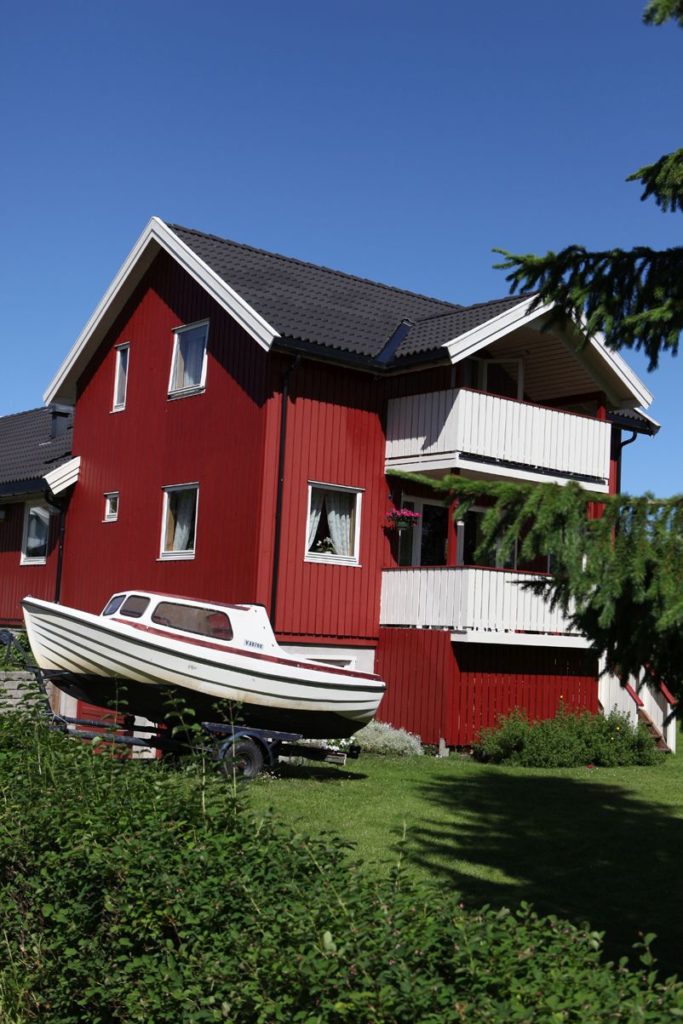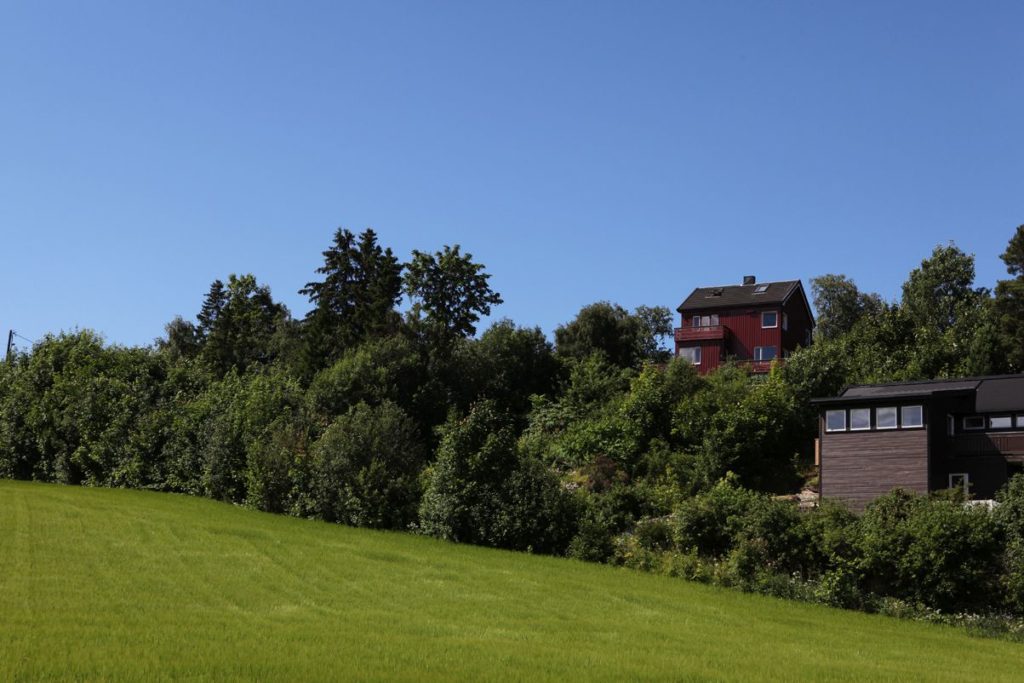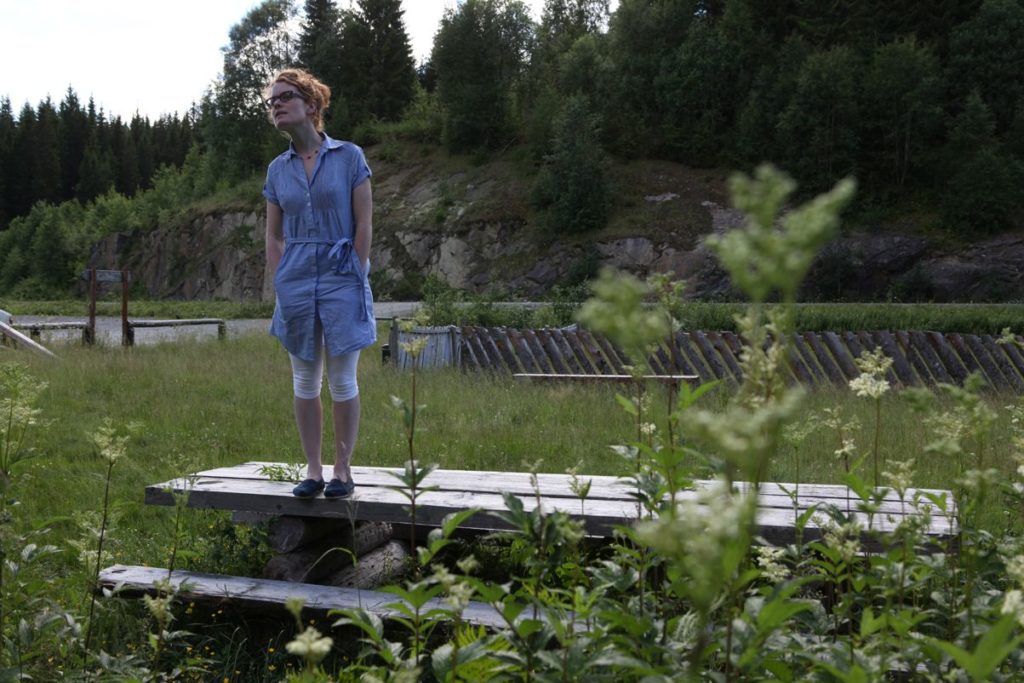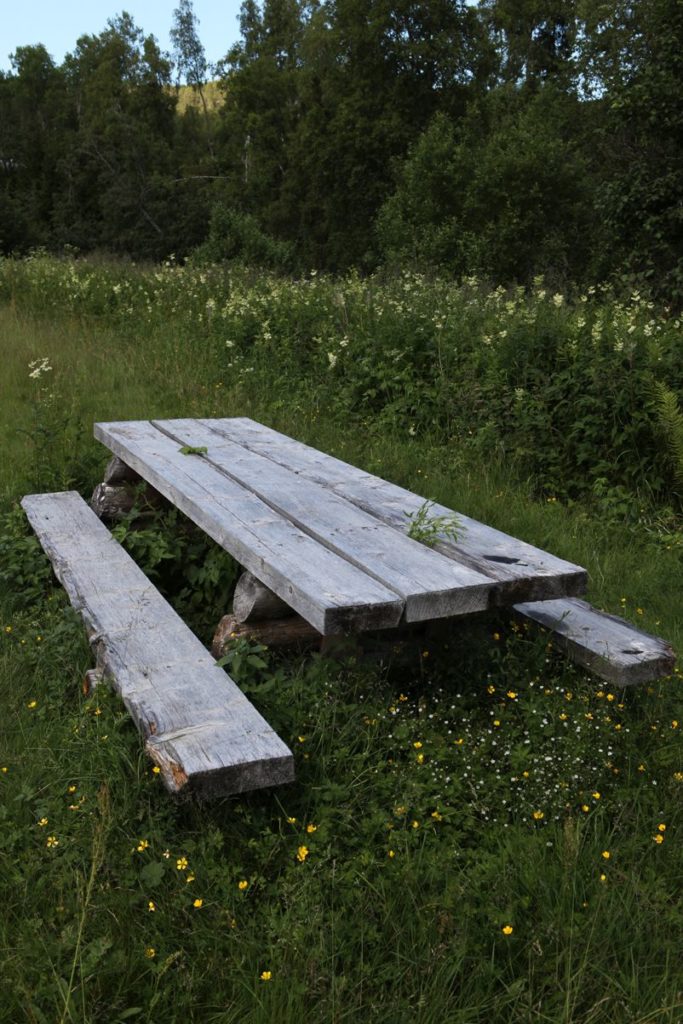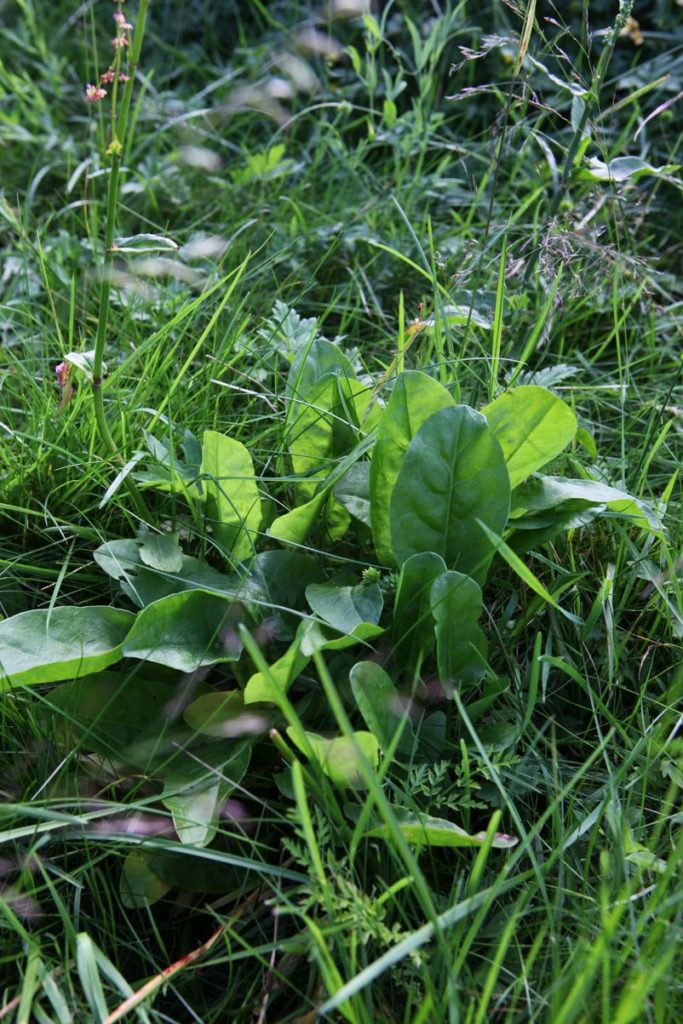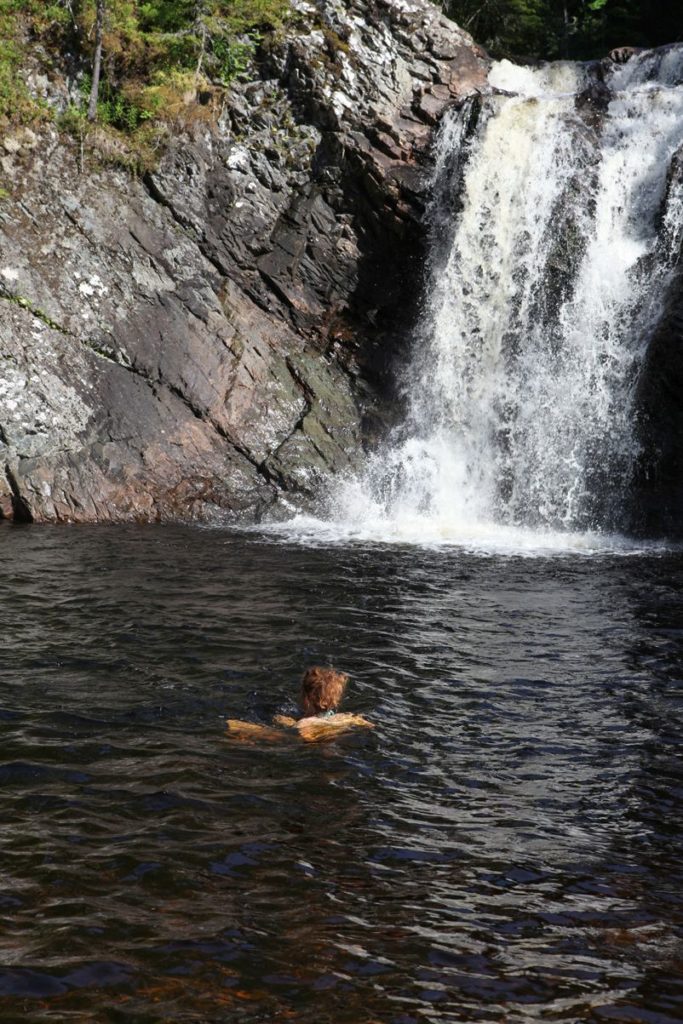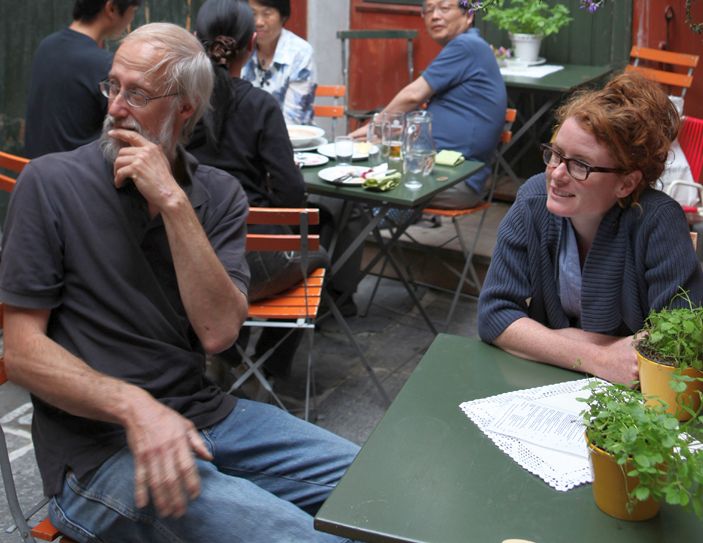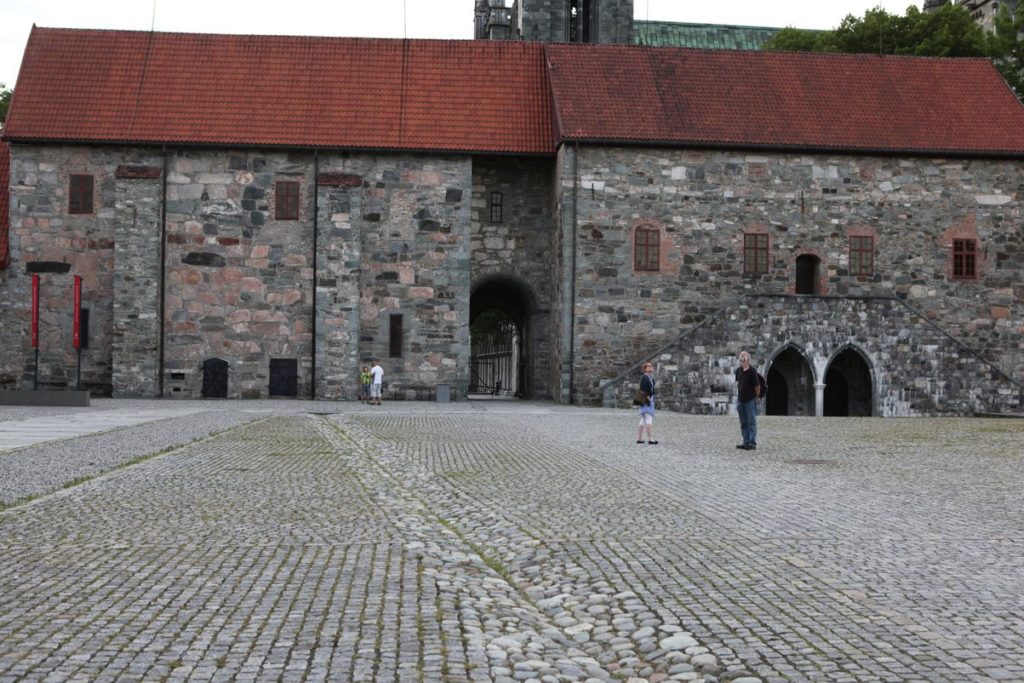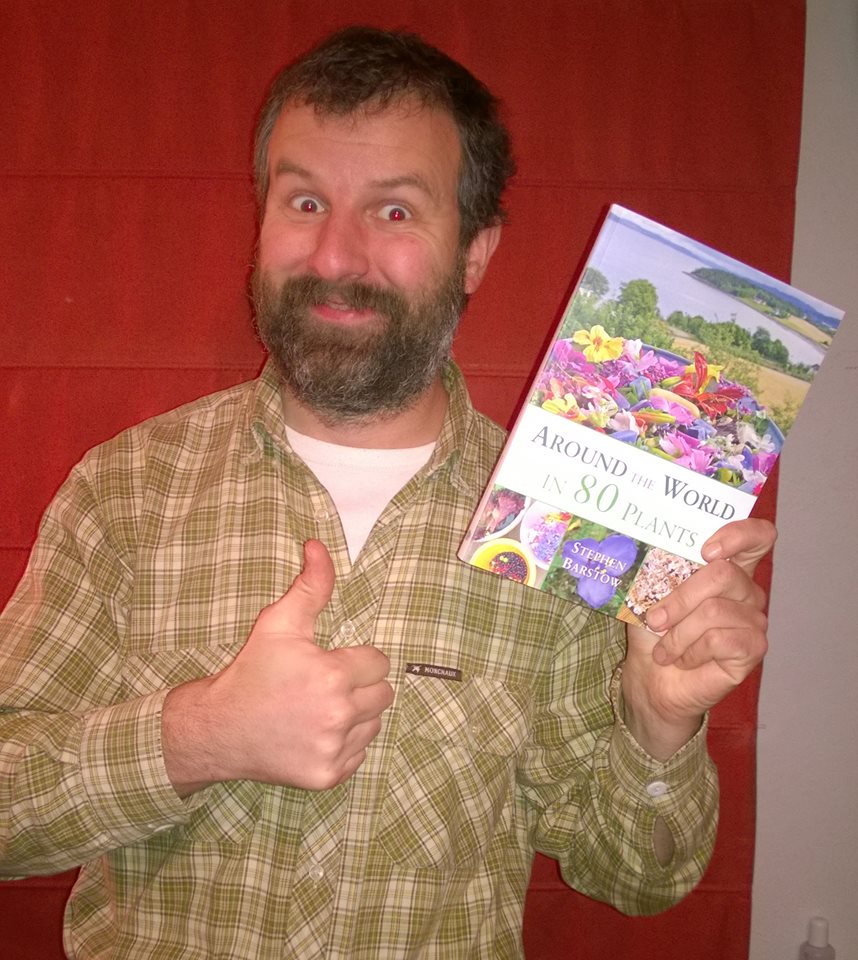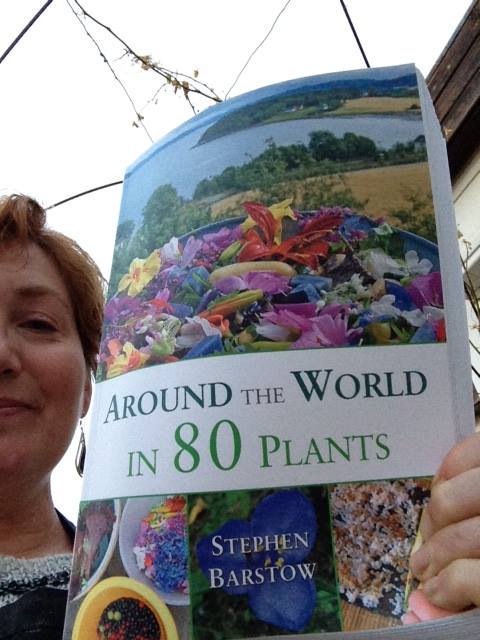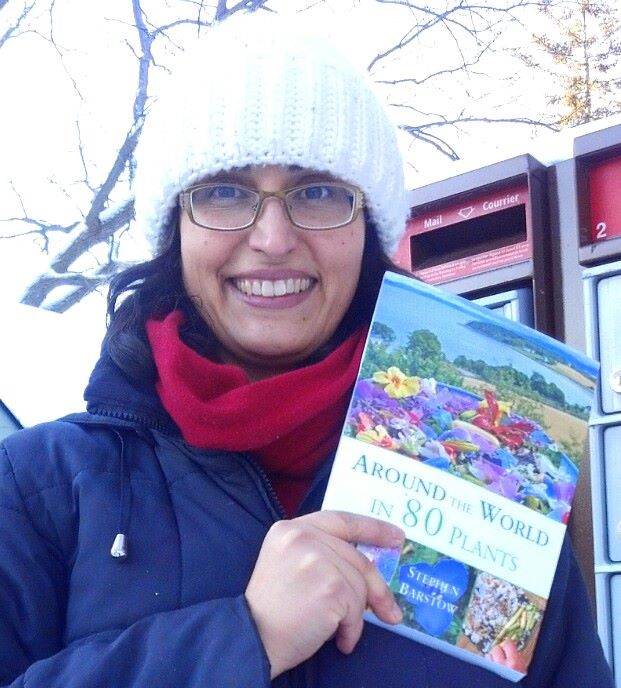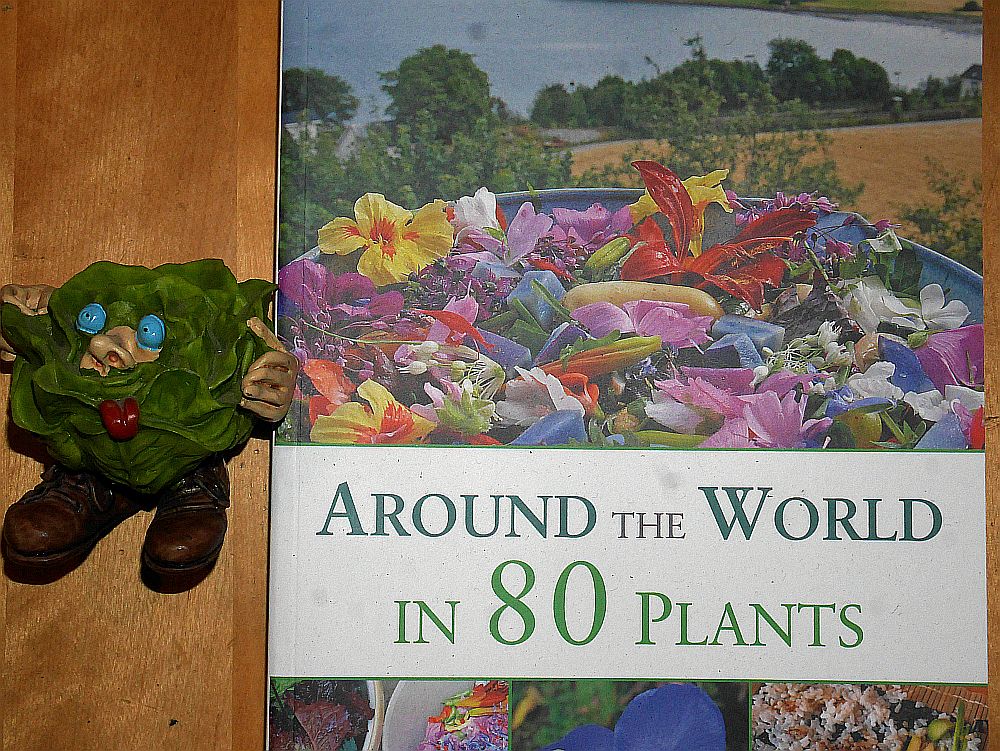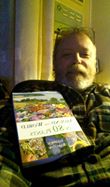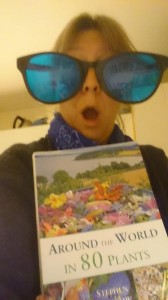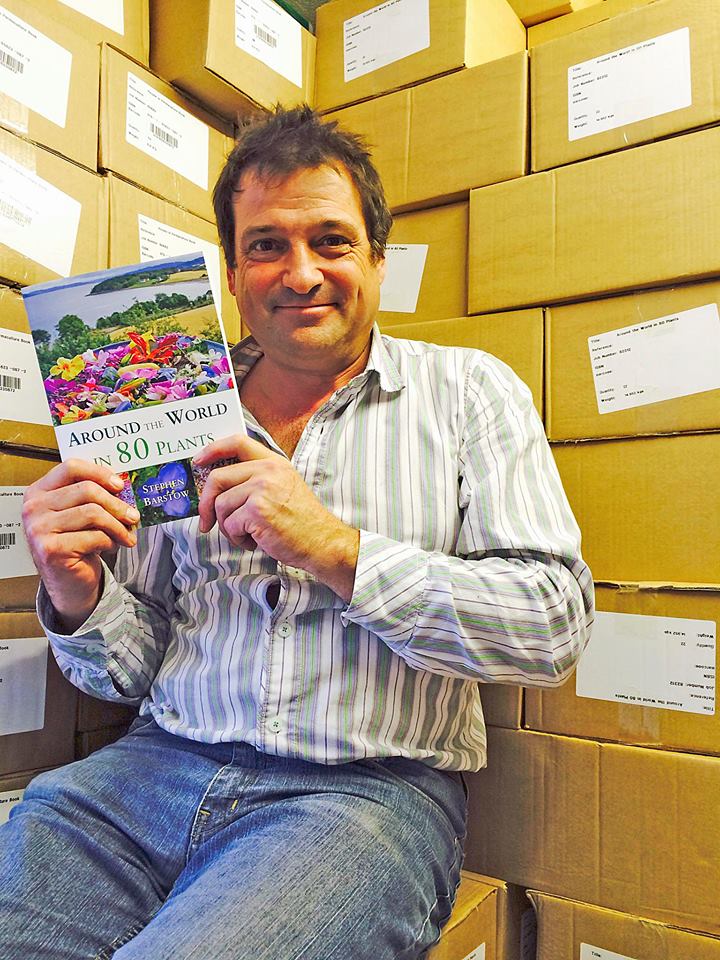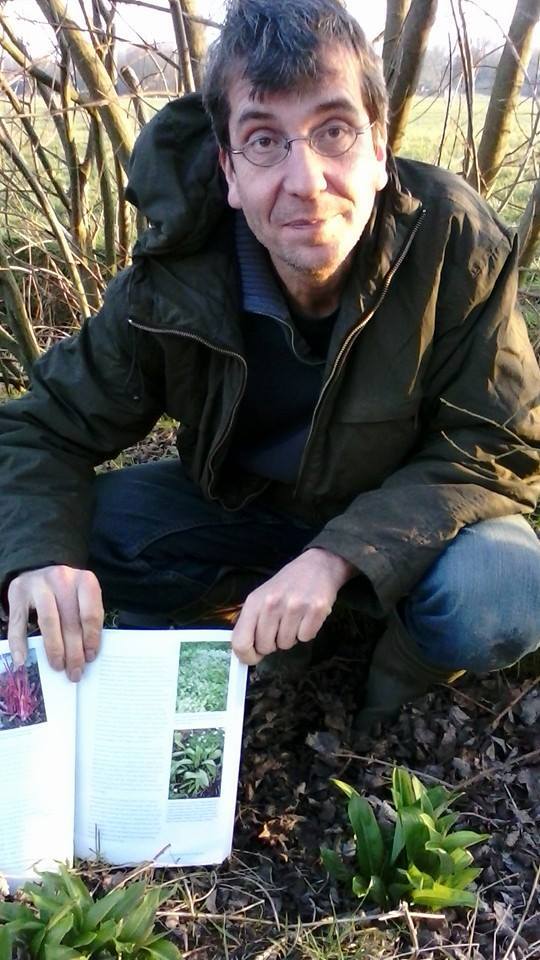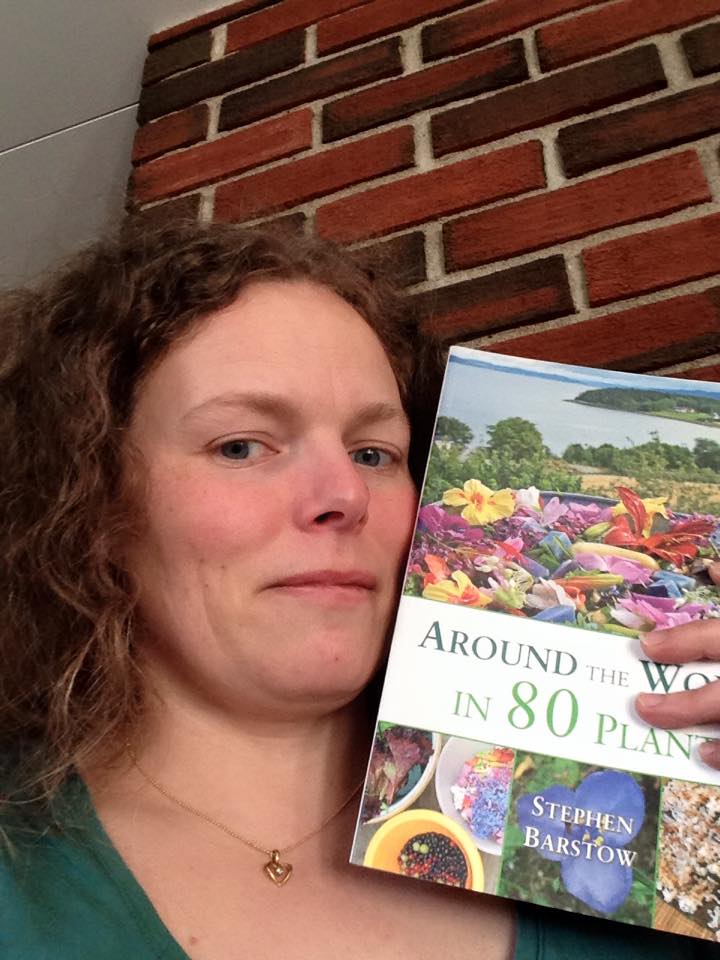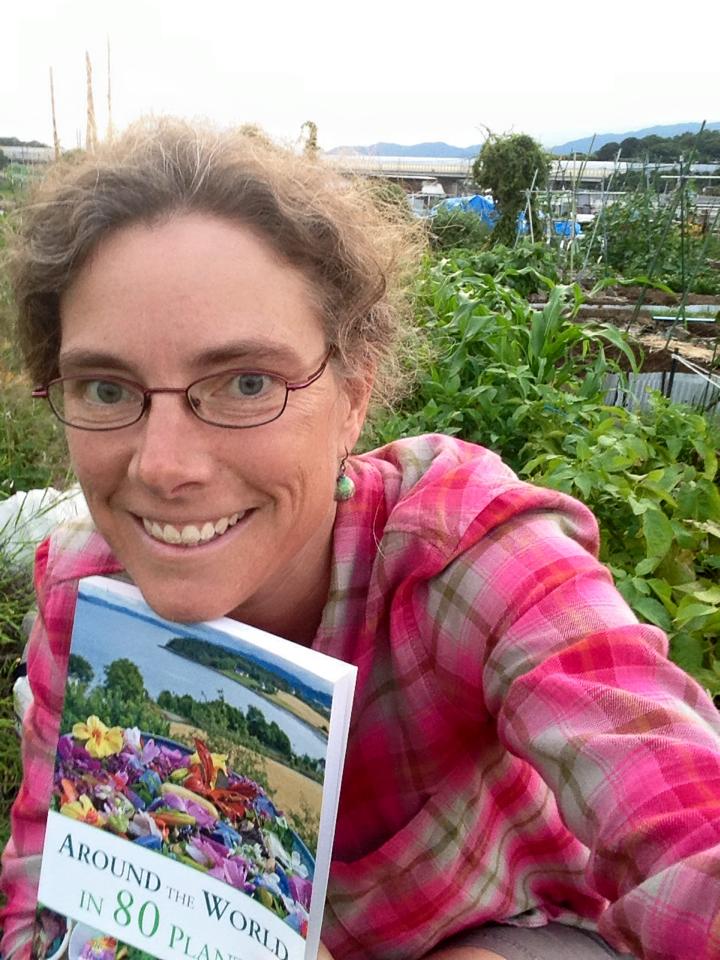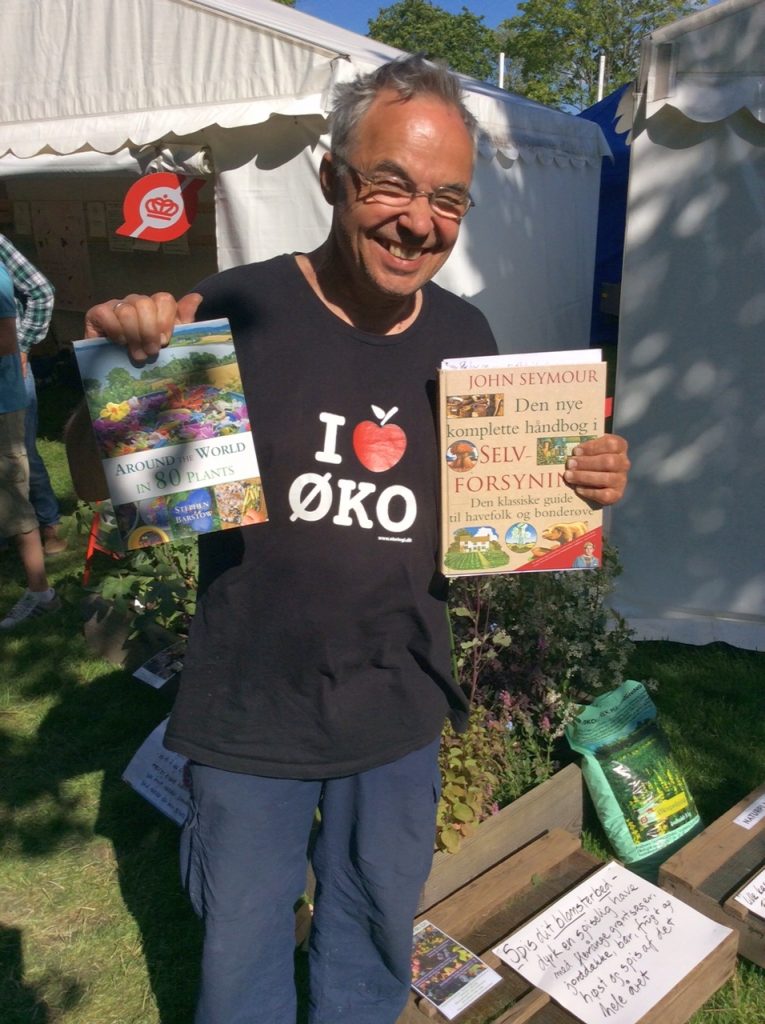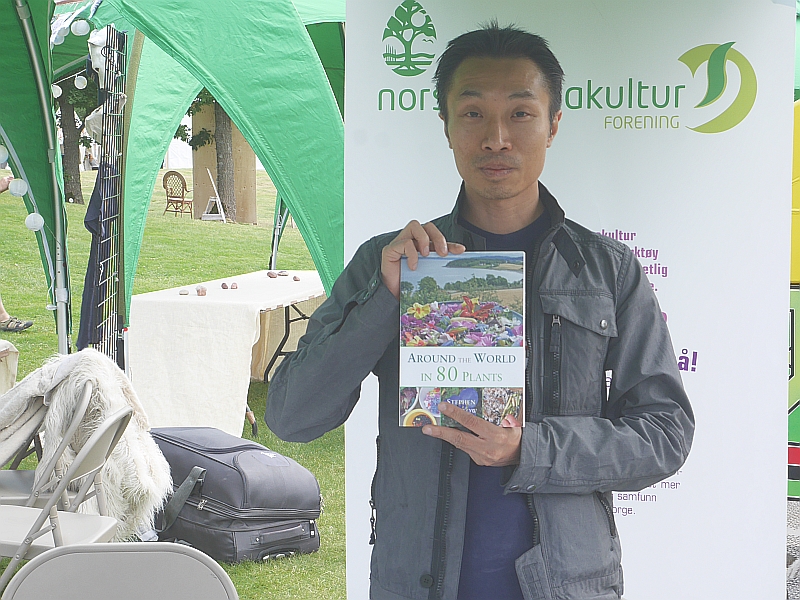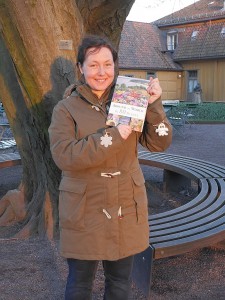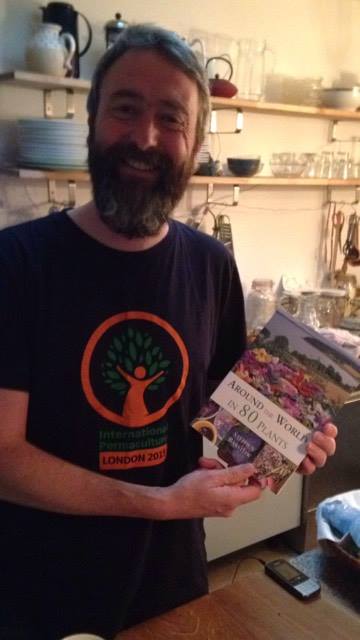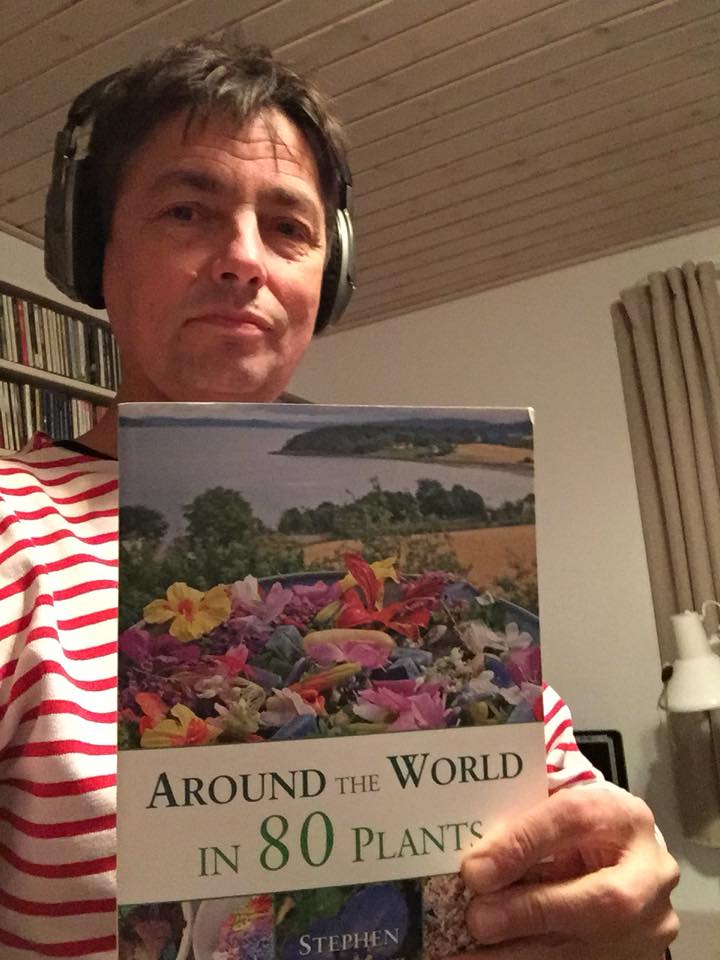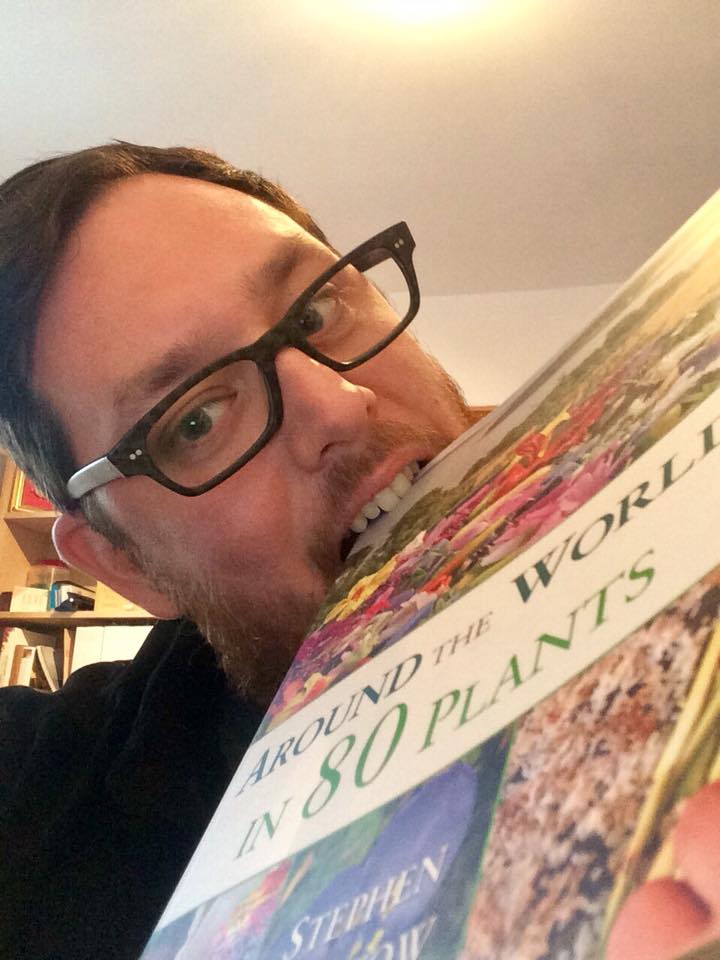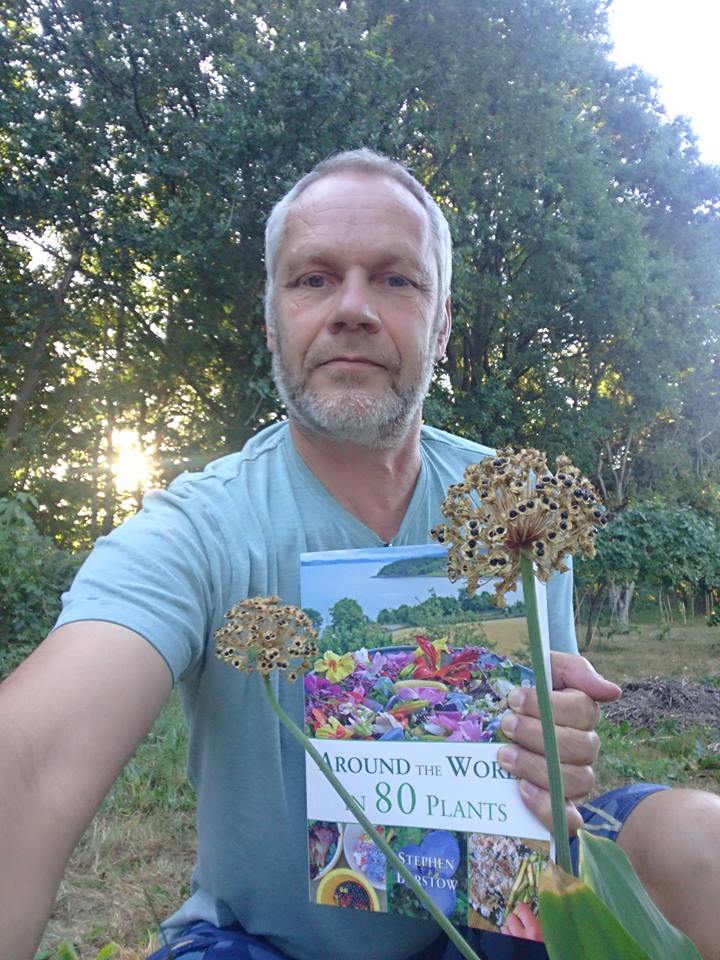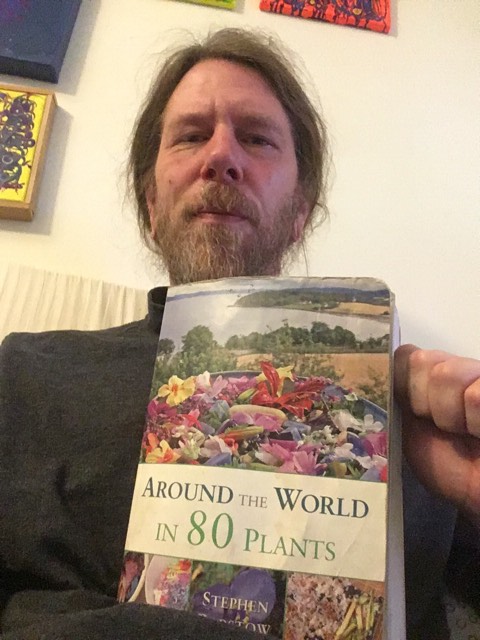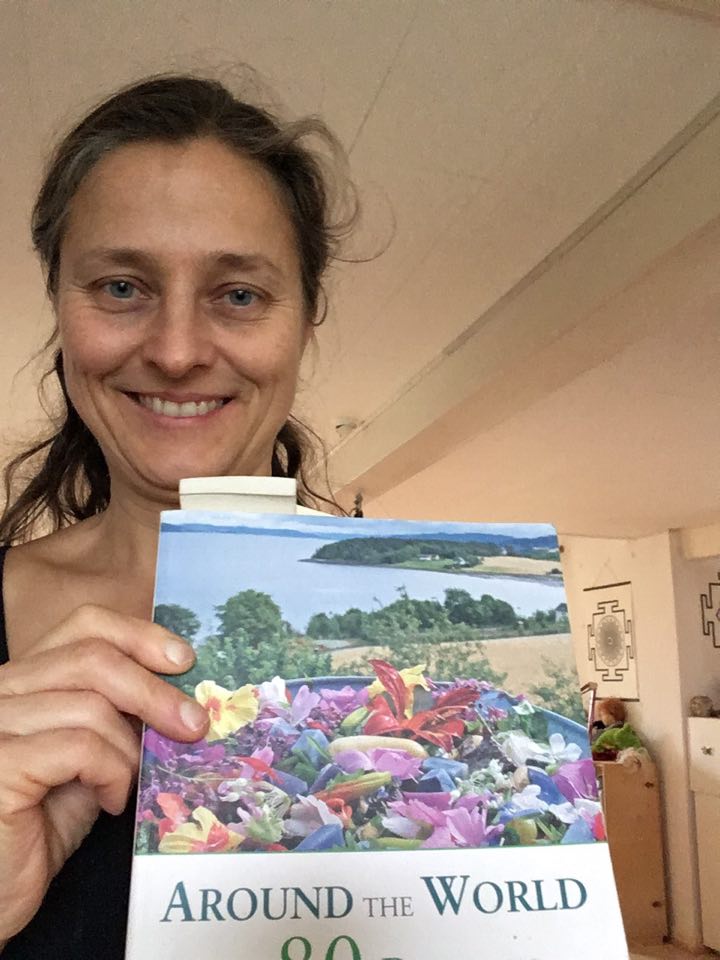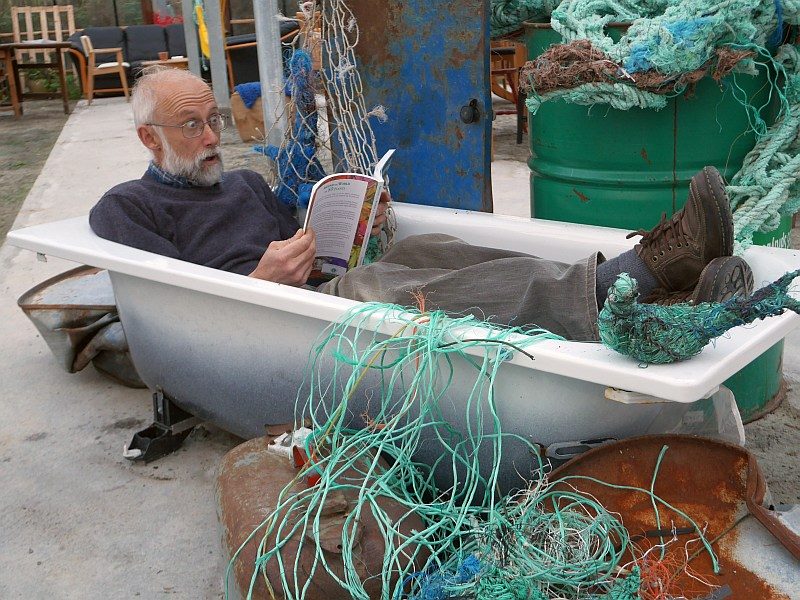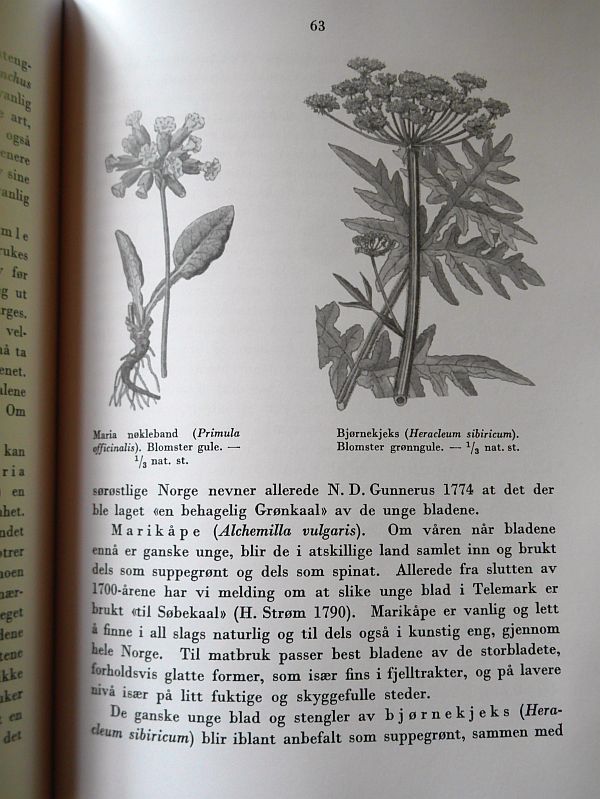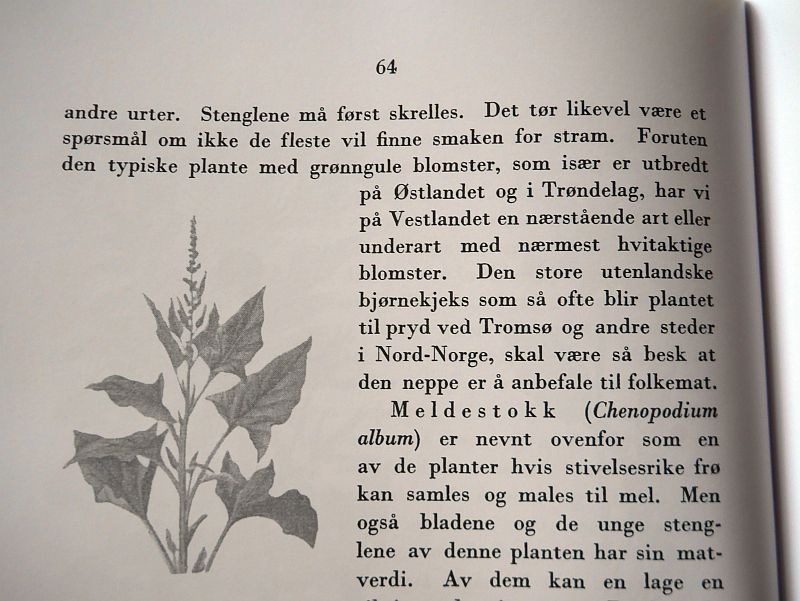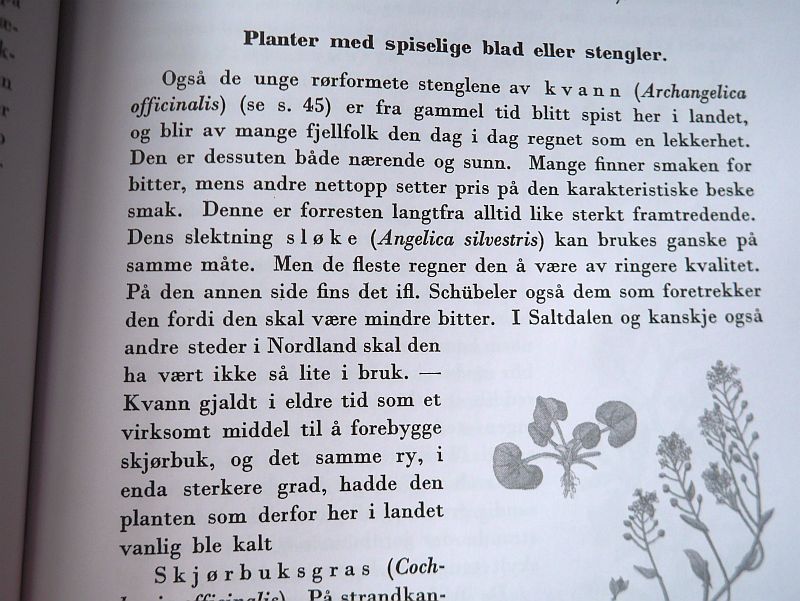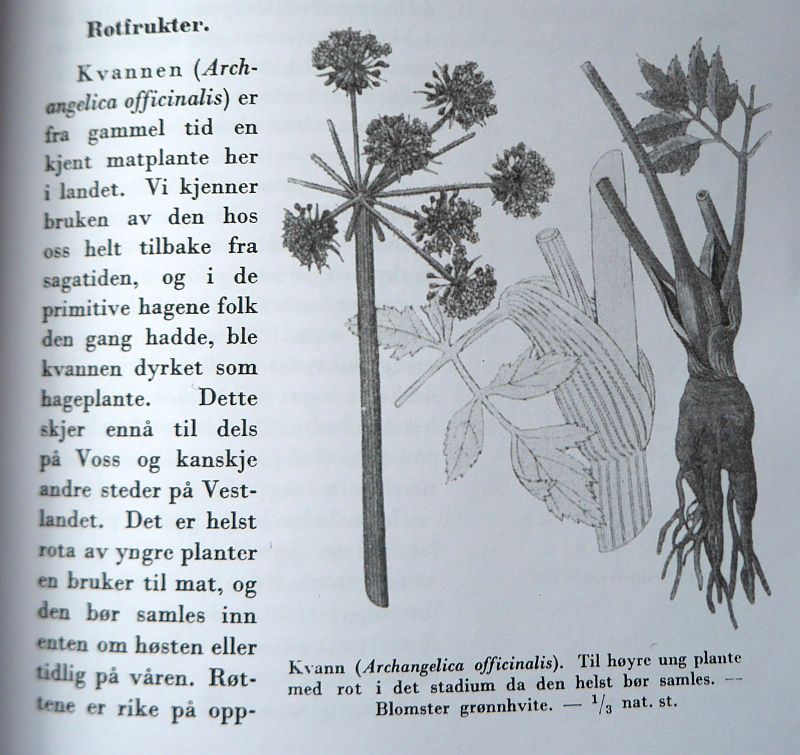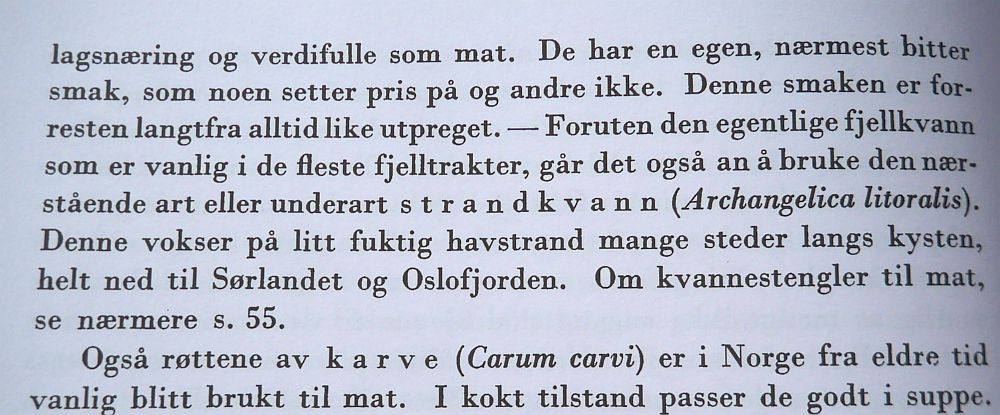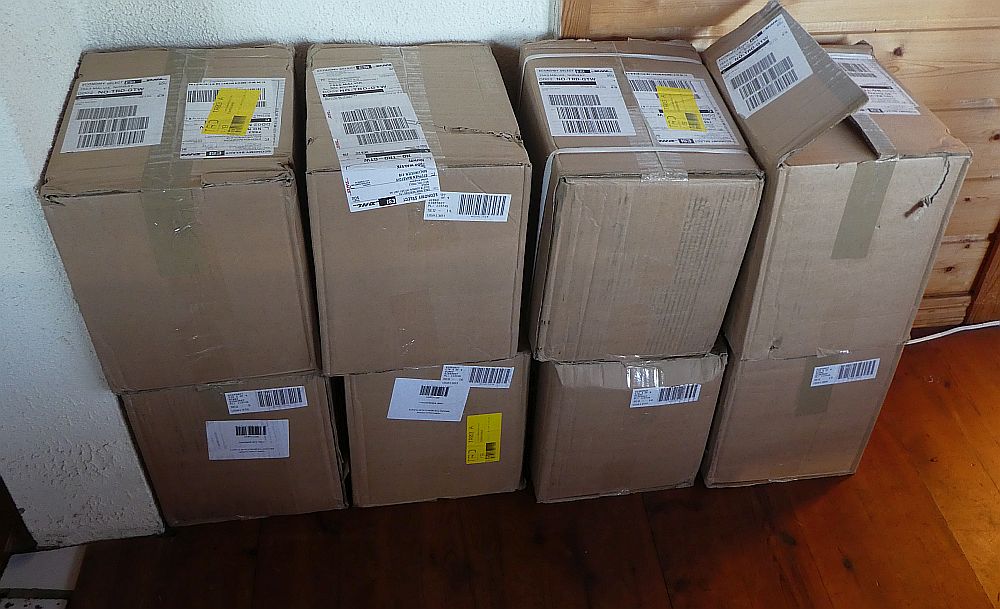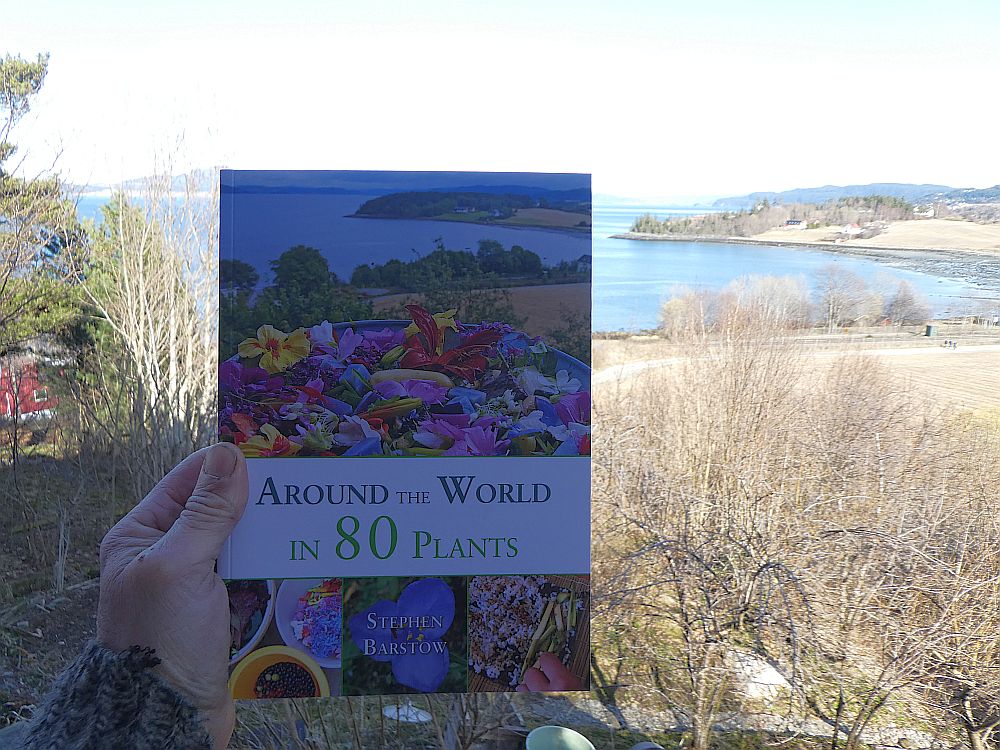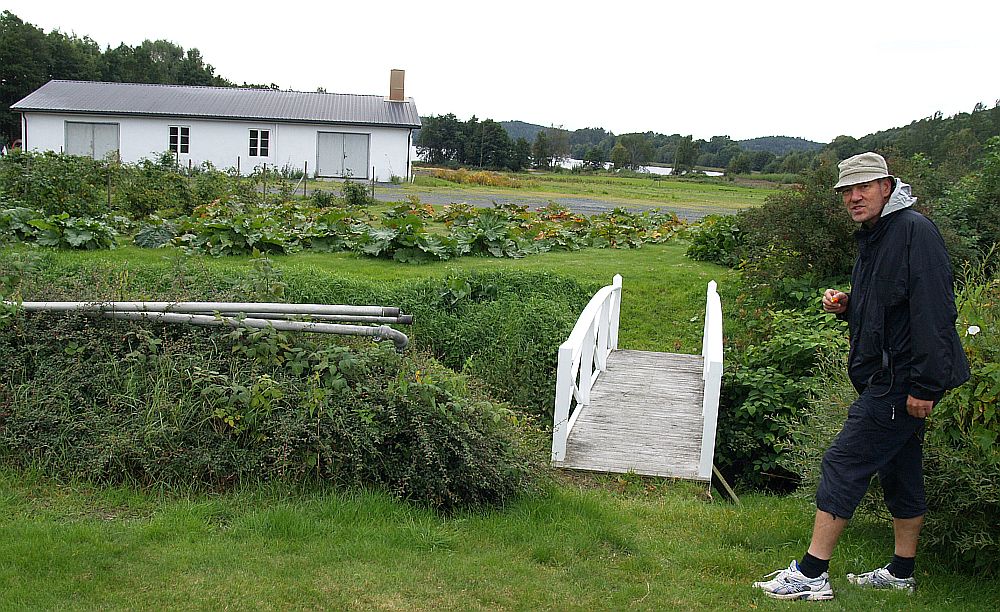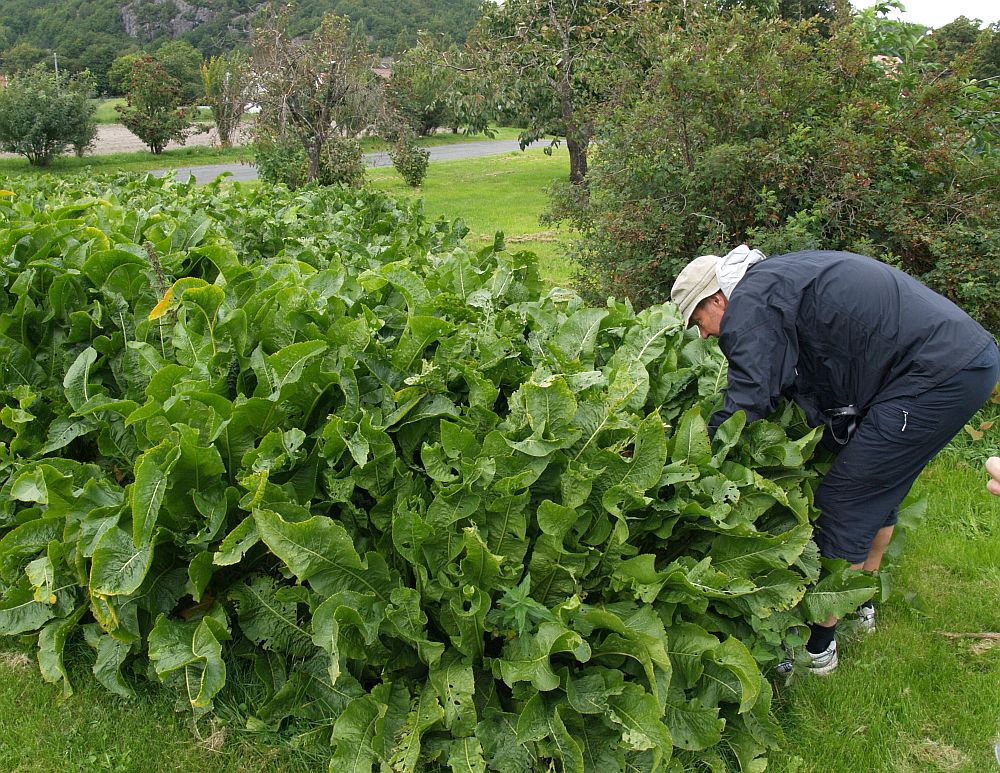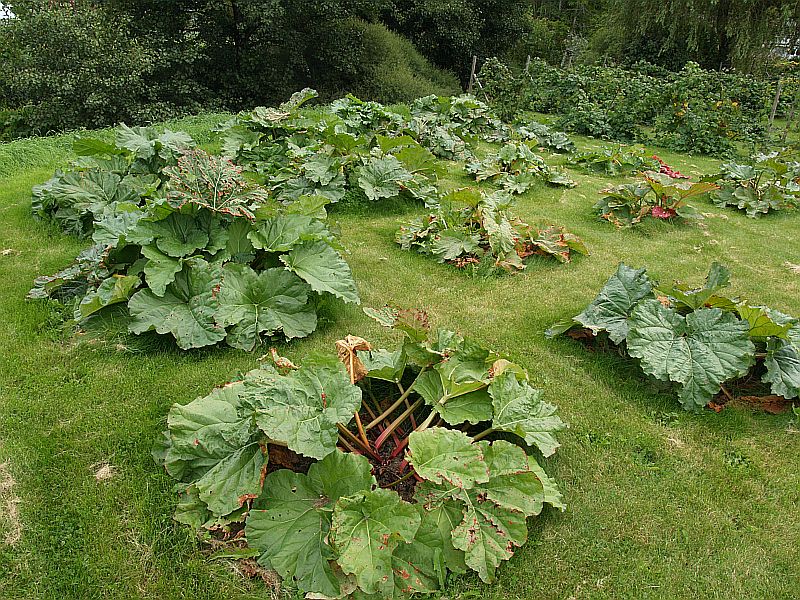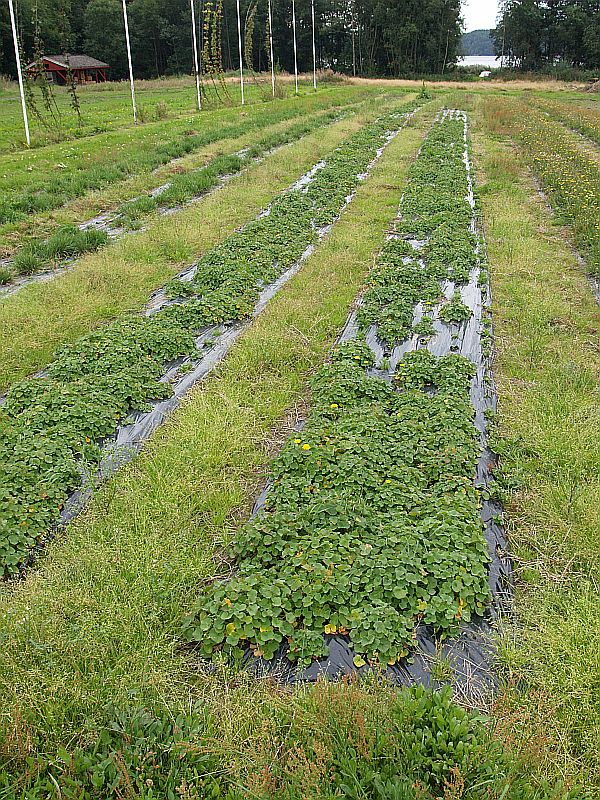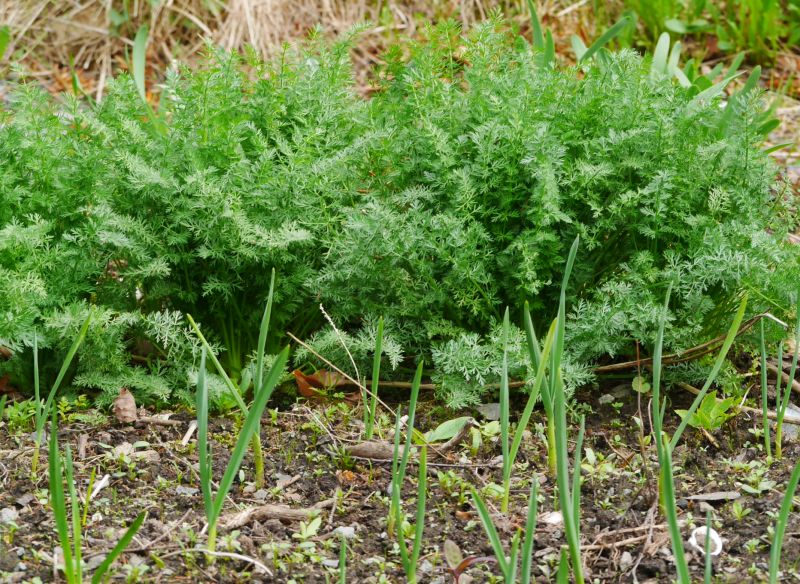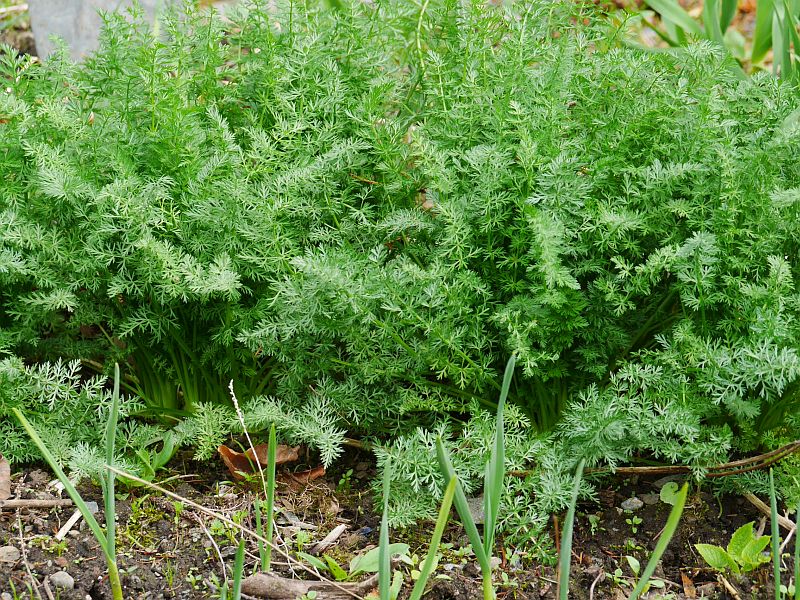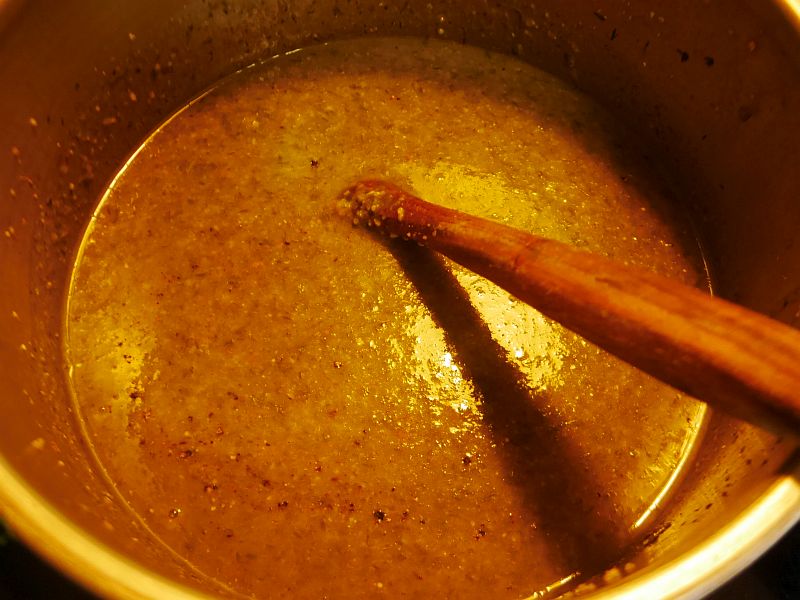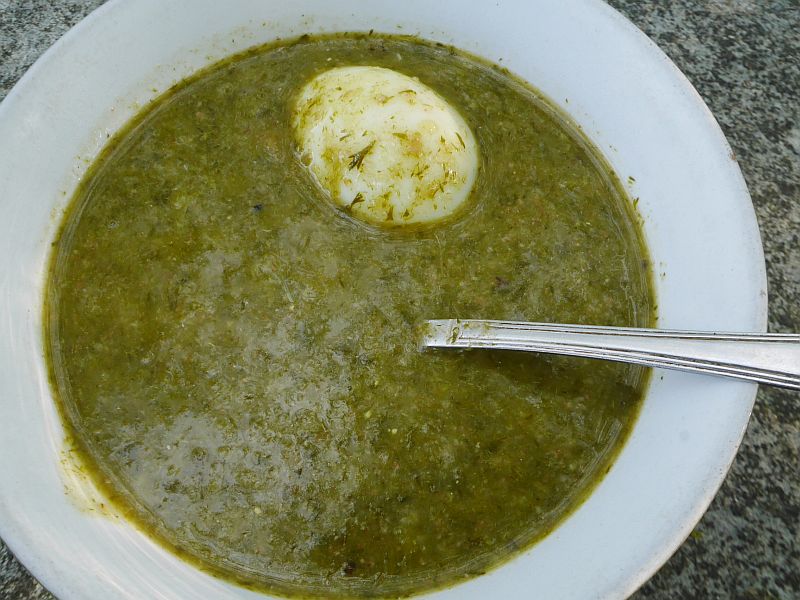
(Norwegian offer below)
AROUND THE WORLD IN 80 PLANTS CELEBRATES ITS 10th BIRTHDAY THIS WEEK!
19th November 2014: I wrote here on FB “I’m proud to announce that on Wednesday 19th November my book arrived at the publishers in the UK who began sending out pre-orders straight away” and “Looking for a Xmas present? IT’S FINALLY OUT: My book, 7 years in the making, Around the World in 80 plants”
The book, which describes my 80 favourite perennial vegetables and edimentals, is selling better than ever and I recently bought more from the publisher (picture). To celebrate, I am selling signed copies of the book in Norway for 10% off plus postage (20% for two or more) until 23rd November and can then be delivered in time for Xmas (kr 270 or kr 240). Please send me your address, mobile number and email and any instructions for a dedication in the book.
I will be able to send a few signed copies in time for Xmas in the UK (orders by 1st December) or direct from the publishers (not signed) at https://shop.permaculture.co.uk
In North America it can be bought from Chelsea Green (https://www.chelseagreen.com/product/around-the-world-in-80-plants)
Norwegian
AROUND THE WORLD IN 80 PLANTS FEIRER 10-ÅRSDAGEN DENNE UKEN!
19. november 2014 skrev jeg her på FB “Jeg er stolt over å kunngjøre at onsdag 19. november kom boken min til forlaget i Storbritannia som begynte å sende ut forhåndsbestillinger med en gang” og “Leter du etter en julegave? DEN ER ENDELIG UTE: Boken min, 7 år på vei, Around the World in 80 plants»
Boken, som beskriver mine 80 favoritt flerårige grønnsaker og edimentals, selger bedre enn noen gang, og jeg har nylig kjøpt mer fra forlaget (bilde). For å feire selger jeg signerte eksemplarer av boken i Norge til 10 % rabatt pluss porto (20 % for to eller flere) frem til 23. november og kan da leveres i tide til jul (kr 270 eller 240 kr for boken). Vennligst send meg din adresse, mobilnummer og e-post og eventuelle instruksjoner for en dedikasjon i boken.
Category Archives: Book
Free temporary access to my book and articles!
Thanks to my publishers Permanent Publications and Permaculture Magazine, free browsing access is available until Thursday to both my book Around the World in 80 plants, two articles I wrote for the magazine on Hablitzia (the Caucasian Spinach) and Hosta (Oriental Spinach) as well as the current issue of the magazine! This is related to my talk tomorrow (Sunday) at the Hilt in Chandlers Ford (see more at https://www.tickettailor.com/events/hiltingburycommunityassociation/1043494)! Please consider subscribing to Permaculture Magazine!
Signed copies of the book can also be purchased from the author in Norway.
READING ROOMS access to
Around The World In 80 Plants:
https://delta.exacteditions.com/room/aroundtheworldin80plants/issue?Expires=1700750203&KeyId=eki_SCmNVK_BXtL6jBT5pB79pg&Signature=af330c3cc54ded5394321786f68e4653ec01e614
Permaculture Magazine Issue 52 (with my feature on Hablitzia):
https://delta.exacteditions.com/room/issue/permaculture/no52summer2007?Expires=1700750848&KeyId=eki__qmo_tE1uyPllYXLzdKPeQ&Signature=3a539b6fb0838d9a3d3f13246d93a25ff2458d8f
Permaculture Magazine Issue 83 (with my feature on Udo, Aralia cordata):
https://delta.exacteditions.com/room/issue/permaculture/no83spring2015?Expires=1700750817&KeyId=eki_B9S2HnkVYdIq-mFiherR3w&Signature=c51878e63e6533a09446fad9657ee20b3ea41456
Permaculture Magazine Issue 118 (the current issue):
https://delta.exacteditions.com/room/permaculture/issue?Expires=1700750013&KeyId=eki_xaPVsD8OQLOUo-N4lKnL-g&Signature=8507c6913aa8e30363d61d95d9d07b749fe68f16
Der Essbare Waldgarten von Malvik
This is the title of an 11 page article on my garden in a new Austrian book on edible forest gardens and agroforestry systems by permaculturist Bernhard Gruber. I wish I could read German! I briefly met Bernhard who attended my talk in Graz, Austria in January 2020.
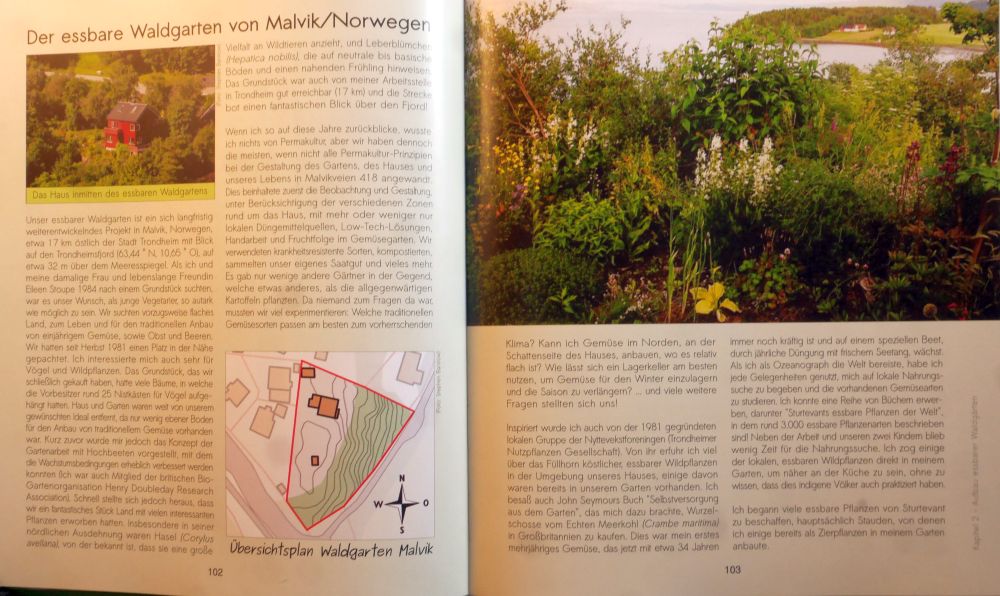

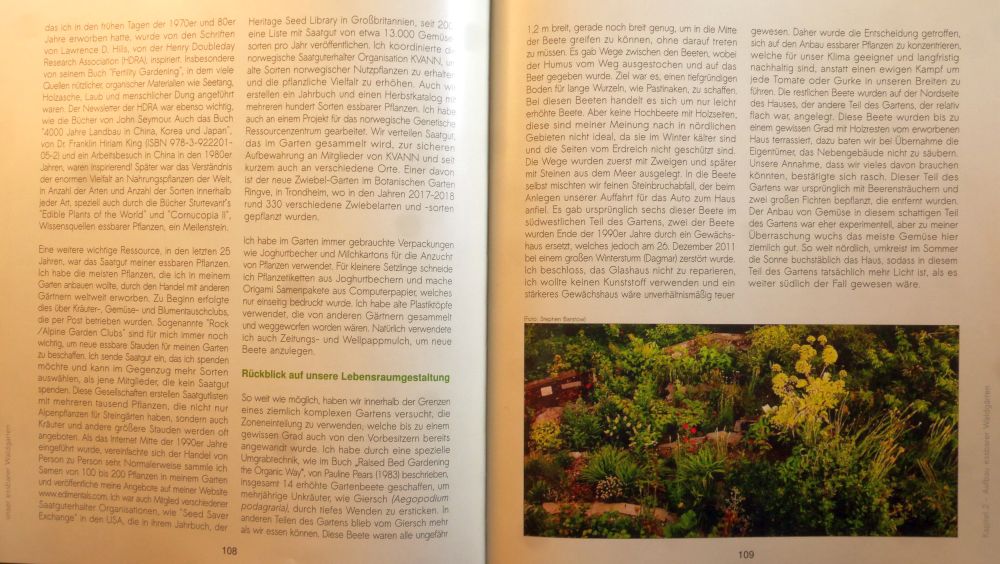
Alys meets the Modern Monk in the Edible Garden
10 years ago today I had my first celebrity visit, from the UK! On 10th April 2010 I received the following email message entitled Permaveggies:
“I am a garden writer based in Birmingham, England. I came across your work via an interview with you on a website and am very interested in learning more about your garden. I also share a love for unusual edibles that can be used in an ‘ornamental setting’. I suppose my garden has one foot in the forest garden camp and the other in a cottage garden. The greatest majority are edibles (everything from your typical vegetables to the more unusuals) with the rest being useful plants for medicine, feeding the garden or pollinators. I suppose the interesting part is that it’s a typical row terrace garden that’s about 60 ft long- cramped in is one way of looking at its design principles. I’ve written a book about it called the Edible Garden with it in conjunction with a programme on BBC2.
Anyhow I would love to talk more about your work and what you’ve discovered. I look forward to hearing from you.
Yours sincerely
Alys Fowler”
The interview was the one published on my friend Telsing Andrews’ blog, The Veggie Patch Reimagined (see https://veggiepatchreimagined.blogspot.com/2010/02/stephens-edimental-oasis-interview.html).
As part of this BBC series, permaculture had just been featured on 7th April 2010. The BBC crew visited Tim and Maddy Harland’s (my publishers) garden and were bowled over by their mature forest garden full of food and wildlife.
In my reply I jokingly wrote “Stop by next time you’re in the area”!
Little did I know that she would do just that a few months later! It turned out that she was researching her book “The Thrifty Forager” and was “looking for people to interview who boldly eat what others might not think to…”!
Alys’ book The Thrifty Forager was published the year after but my book with Introduction by Alys took another 3 years!
She devotes a whole section to my garden, its plants and The Modern Monk (guess who?) :) In the foreword to my book, there’s a picture of Alys reading my old coverless copy of Cornucopia II in the garden!
Below are 4 albums of pictures taken by Alys’ cameraman Brian Wheeler!
I have fond memories of this visit during a really hot period after the coldest June since the 1960s. The first album are pictures from the garden, the second from a forage and swim in the fjord, then a trip up to a local mountain Vennafjellet , via a second swimming spot, Nevrahølet (we were finished quite quickly with the pictures and interview in the garden due to the wonderful weather) and finally some pictures from Trondheim!
Alys was also a presenter on BBC’s Gardener’s World and writes a gardening column for the Guardian!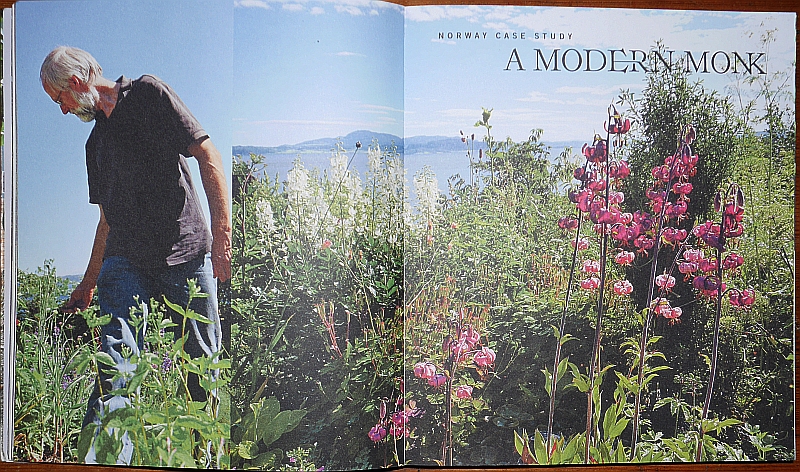
Other blog posts about Alys!
Alys Fowler in the Edible Garden: https://www.edimentals.com/blog/?p=276
Alys’ Pool: https://www.edimentals.com/blog/?p=5572
1. Brian Wheeler’s photographs of The Edible Garden
2. Brian Wheeler’s photographs from a tour of the bay and beach below the house (after her swim, Alys said for the first time that I lived in paradise!)
3. Trip to Vennafjellet via Nevrahølet swimming hole in the eyes of Brian Wheeler
4. Alys Fowler in Trondheim (by Brian Wheeler)
5 years of Around the World in 80 plants
It’s not too late to be included in my gallery of #ATWselfies either!
Please send me your picture and you’ll be added! You will be showing support of a very good cause: the conservation of the amazing diversity of food plants and their related traditions Around the World. See the album of #ATW Selfies below and also on FB here: https://www.facebook.com/stephen.barstow.7/media_set?set=a.10157331181205860 and previously on this blog at http://www.edimentals.com/blog/?p=466
And it’s always nice when your peers say nice things about your creation….here Joe Hollis of Mountain Gardens :) (I was sitting there though!)
Isaac John Koblentz (see his #ATWselfie) was one of 3 guys who travelled all the way from northern Ohio for the joint walk and talk I did with Joe Hollis at Mountain Gardens (North Carolina) in fall 2019! Here they tell a little bit about each other! Thanks so much for coming!
Holmboe’s Gratis mat av ville planter
Jens Holmboe’s book “Gratis mat av ville planter” (Free food from wild plants) from 1941 is still my favourite Norwegian book on wild food as it is well researched and includes a number of interesting anecdotes. I’ve had a photocopy of the whole book for many years (I think I borrowed it from my friend Jan Erik Kofoed and copied it at work in the 1980s). I finally own a copy of the book from the 2016 reprint! It had somehow passed me by that it was available! Thanks to Hanne Edvardsen from Trondheim Nyttevekstforening who gave me a copy at the recent Ringve Botanical Garden Open Day!
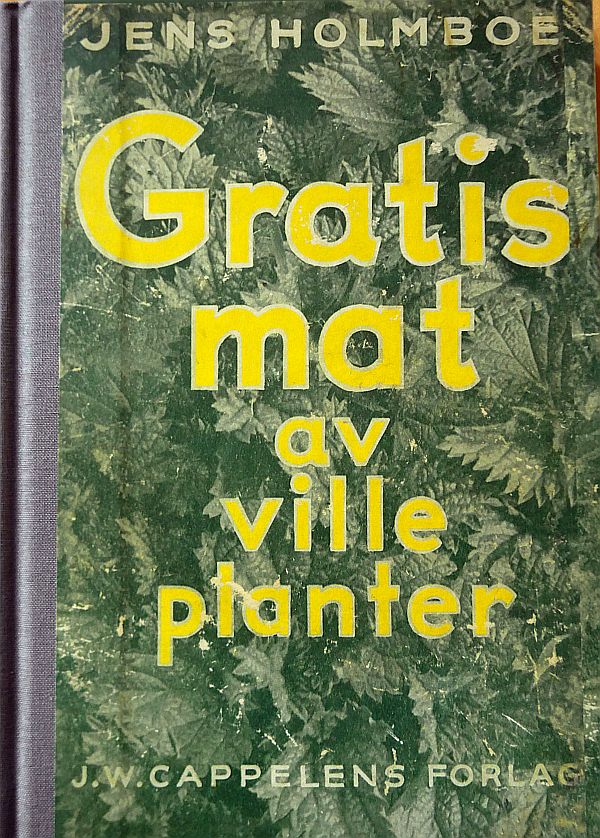
Interestingly, it does include the hogweeds / bjørnekjeks (Heracleum) including giant Tromsøpalme (Heracleum persicum, source of the spice golpar and a vegetable in Iran). However, I don’t think he could have tasted the latter when he wrote: “….skal være så besk at den neppe er å anbefale til folkemat” (…is apparently so bitter that it can hardly be recommended as food). Similarly, he mentions that Heracleum sibiricum is sometimes recommended for soups , together with other herbs….and it is likely to be too strong tasting for most people.
He writes about kvann (Angelica archangelica) as a wel known food plant in Norway right back to the time of the Vikings. He talks about it still being cultivated in Voss (and perhaps other places in western Norway). He encourages the use of roots as a nutritous food and indicates that some people like their bitter taste, others not. Unlike some books he also says that the subspecies litoralis (found on the coast of Norway) can also be used. He also says that Angelica sylvestris is much used in northern Norway and that it is less bitter!
Buy the book for kr. 250 plus postage by ordering through
sbarstow2@gmail.com
Payment either by Paypal, bank transfer or VIPPS (Norway). Please remember your address!
The 5th reprint
Available from http://www.edimentals.com/
Around the World in 80 plants direct from the author!
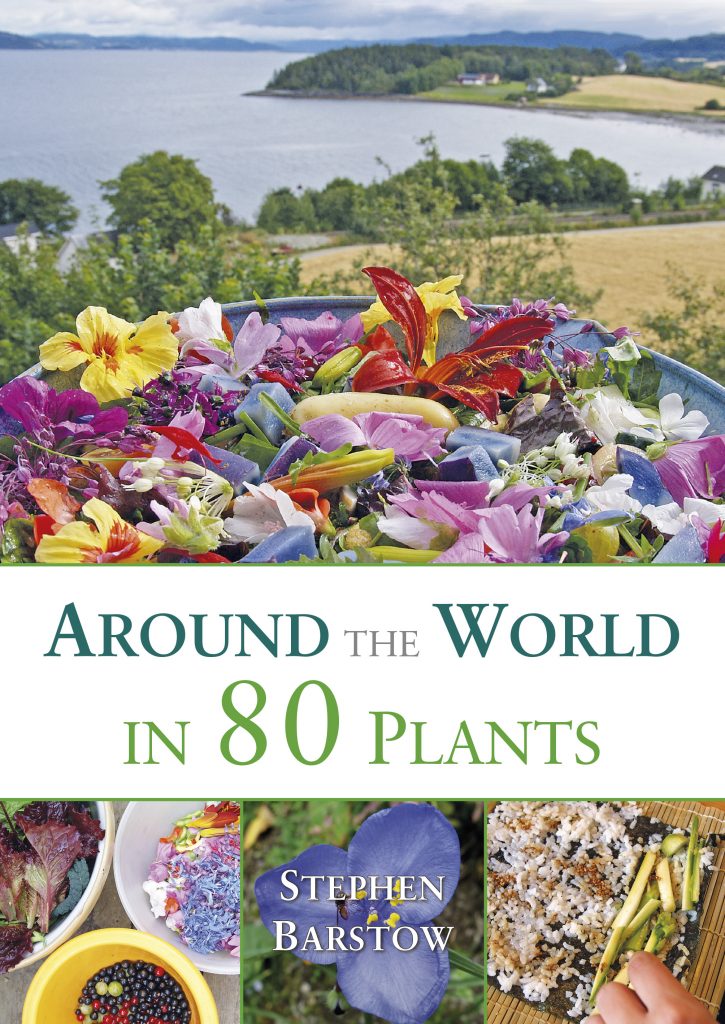
281218: I’m now sending signed copies of my book from home in Malvik with any dedication you wish!
Cost: NOK 250 plus postage
Payment either by Paypal, bank transfer or VIPPS (Norway) : Orders by email to sbarstow2@gmail.com
Around The World in 80 Plants : An Edible Perennial Vegetable Adventure For Temperate Climates, by Stephen Barstow
For book reviews, see here: http://www.edimentals.com/blog/?page_id=271
What has underground gardening in Tokyo, the origin of garlic and an English bishop got in common? They are all stories from the original, groundbreaking book, Around The World In 80 Plants. Perennial gardening will never be the same again, nor will be your kitchen repertoire!
Around The World In 80 Plants takes us on an inspiring edible adventure across the continents, introduacing us to the author’s top 80 perennial vegetables, with inspiration along the way from local foraging traditions and small scale domestication. Each plant has its own ethnobotanical story to tell; introducing Sherpa vegetables of the Himalayas; forest gardened and foraged vegetables of the Sámi people of Arctic Scandinavia; a super-vegetable of the Maori of New Zealand; an onion with a 1,000 year history linking the author’s home and Iceland ; a plant which earned the name ‘supermarket of the swamps’; the traditional veggie roof gardens of Norway; clifftop perennial vegetables of Dorset’s Jurassic coast; the Hampshire perennial vegetable triangle; Scandinavias best kept secret, a long-lived spinach that climbs; Prince Charles’ Forest Garden, and inspiring multi-species dishes of the Mediterranean countries.
A thorough description is given of each vegetable, its propagation, cultivation and uses, and also how to source seed and plants. As many of the author’s selections are what he calls ‘edimentals’ – edible and ornamental –Around the World in 80 Plants will be of interest to traditional ornamental gardeners as well as anyone interested in permaculture, forest gardening, foraging, slow-food, gourmet cooking, traditional preservation techniques and ethnobotany.
Stephen has devoted over 30 years trialling the world’s perennial vegetables. He grows more than 2,000 edible plants in his garden close to the Arctic Circle in Norway, and in 2003 earned the title ‘Extreme Salad Man’ after creating a salad using 537 varieties, inspired by multi-species Mediterranean dishes! Sprinkled with recipes inspired by local traditional gastronomy, this is a fascinating book, an entertaining adventure and a real milestone in climate-friendly vegetable growing from a pioneering expert on the subject.
Foreword by Alys Fowler:
“I have been patiently waiting for this book and then impatiently pestering for it, drumming my fingers loudly. And then one day it appears. Like everything that you have to wait for in life, it’s better for it. This book speaks of its maker … It’s a wonderfully detailed, ofteneccentric look at all the plants you’ve ever wondered were truly edible. Stephen is an extraordinarily clever man with a truly academic approach to knowledge, thus every detail you could wish for is in here. I’ve been poring over my copy and have made a list of must-try plants, planning how I can rearrange my garden this winter so I can fit in more of these. There are several reasons why Stephen’s work is so important. Firstly, the climate in which Stephen grows is not easy. True, he has a fjord to keep the worst of the freezing temperatures away, but he has a very short growing season. His garden is also on bedrock often just inches below the soil surface. He’s a committed permaculturist so you won’t find electric strimmers or extra heat for the greenhouse – all his rainwater is recycled and I have a fantastic picture of a year’s worth of Norwegian newspapers suppressing weeds. All of which amounts to this: if he can grow it, so can you. This tome is a treasure trove of truly useful perennial plants for making healthy, ecologically balanced, edible gardens. Our climate is increasingly unpredictable and many traditionally grown crops are not faring well in such conditions. We need diversity in our crops, we need people like Stephen who explore the boundaries of what’s edible and worthwhile to grow, and we need people like you to get inspired and start growing them too. Anyone who reads this book and acts on it is an early adopter of a brave new growing world. Get sowing, write about it, write to Stephen, join social media groups and tell the world that we have found new things to eat and the future tastes fine!”
Alys Fowler
Garden author and broadcaster
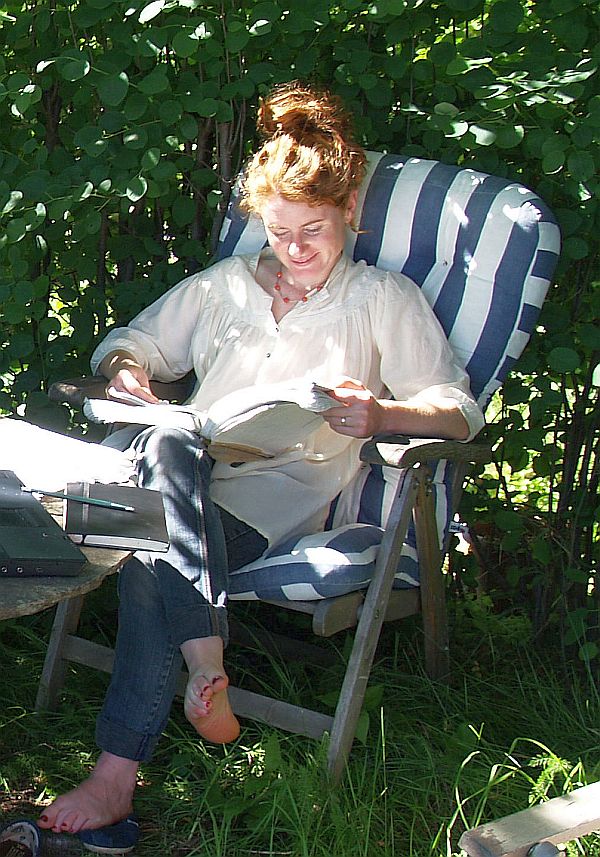
“Around the World in 80 Plants is more than just excellent profiles of little-known delicious vegetable crops. Stephen Barstow is one of the world’s great edible plant collectors and his stories of encountering plants in the wild, tracking down seeds of rare species, and of course growing and cooking with these species are absolute treasure. Many plant books just rehash information already written in other sources. Around the World in 80 Plants is delightfully marinated in personal experience. It will make you not only want to grow and eat these crops, but to travel to Siberia, Norway, and Chile to know them in their natural habitat. ”
Eric Toensmeier, award-winning author of Paradise Lot and Perennial Vegetables, and the co-author of Edible Forest Gardens.
“Stephen Barstow presents fascinating and useful information about his top 80 perennial leafy vegetables including lots of historical references, his and others’ recipe ideas, along with photos and more. Many of these are easily grown and can be ornamental as well as great edibles. This will be a really useful book helping extend the range of food plants for gardeners.” Martin Crawford, Agroforestry Research Trust.
“This should prove to be the most exciting book of the year for veggie gardeners, plant geeks and ethnobotanists…” Emma Cooper, author, organic gardener & blogger
Visit to Bioforsk Landvik in 2012
English: In September 2012, I visited Grimstad in the south of Norway to give a talk about my soon to be published book Around the World in 80 plants to Grimstad bys museer and Aust-Agder sopp- og nyttevekstforening (the museum and local group of the Norwegian Useful Plants Society). I was also invited to nearby Bioforsk Landvik where Åsmund Asdal of the Norwegian Genetic Resource Centre had an office. I had collaborated with Åsmund over a number of years as leader of Norwegian Seed Savers (Planteklubben for Grønnsaker). I gave a short afternoon talk to the staff followed by a tour of the grounds to see first hand several of the clonal collections that Planteklubben received material from each year!


